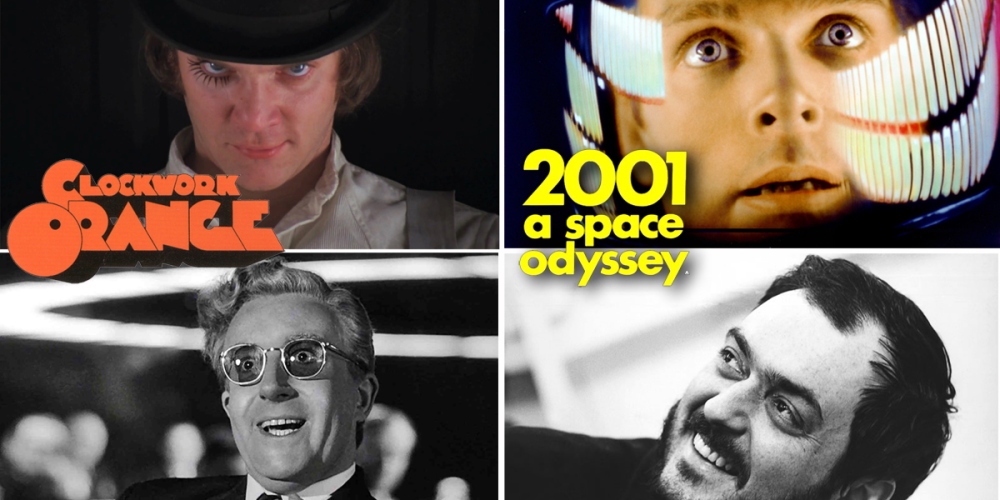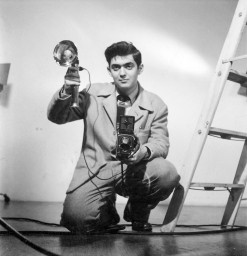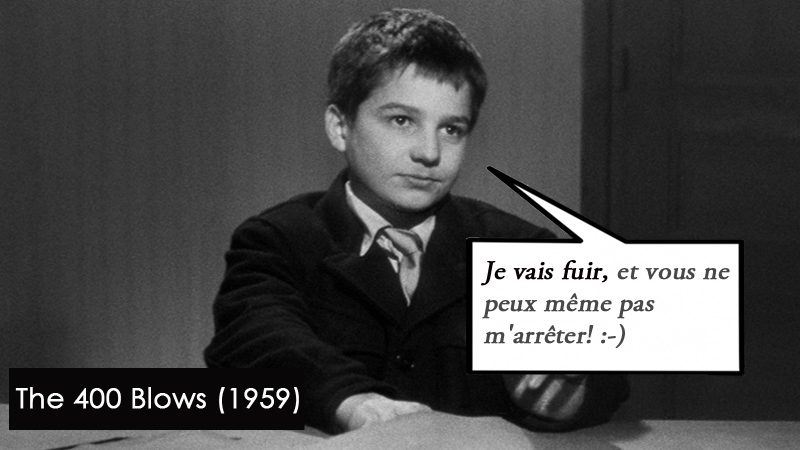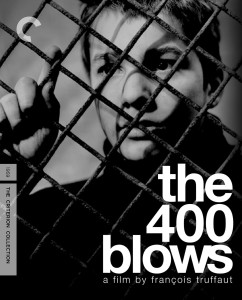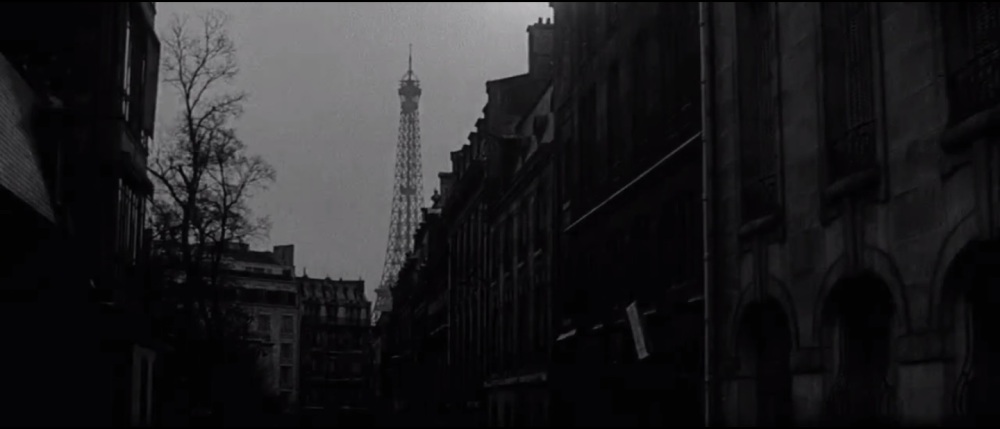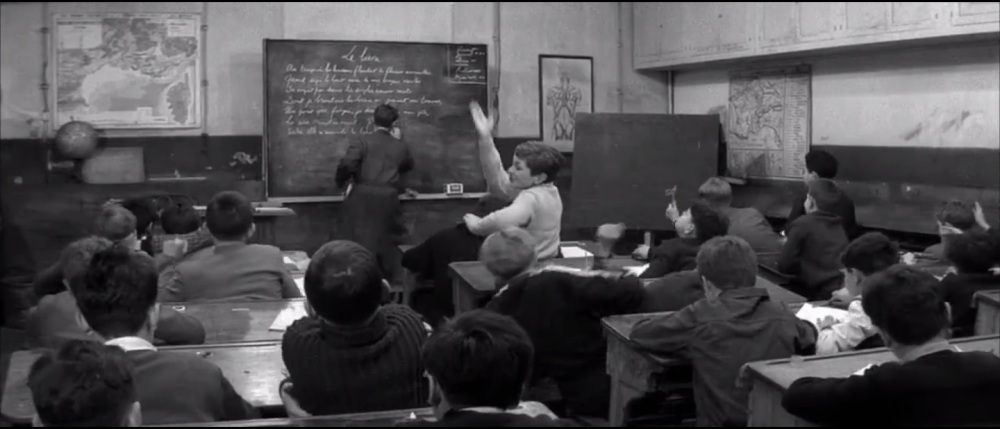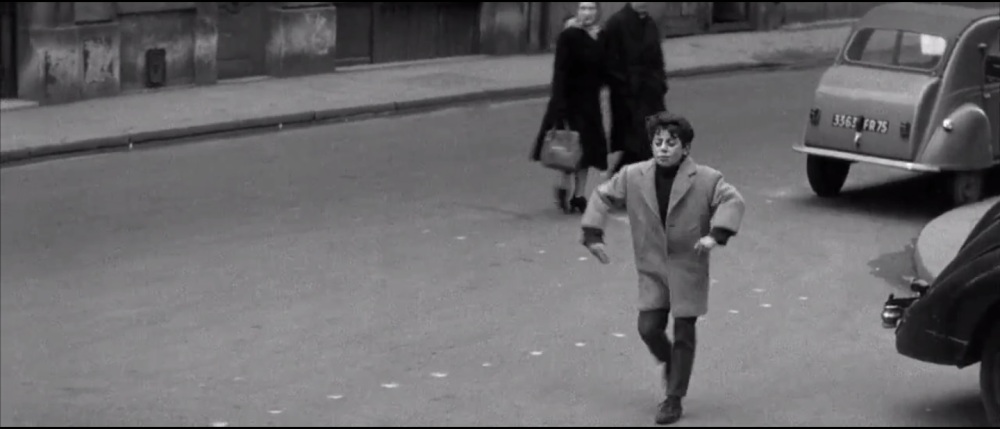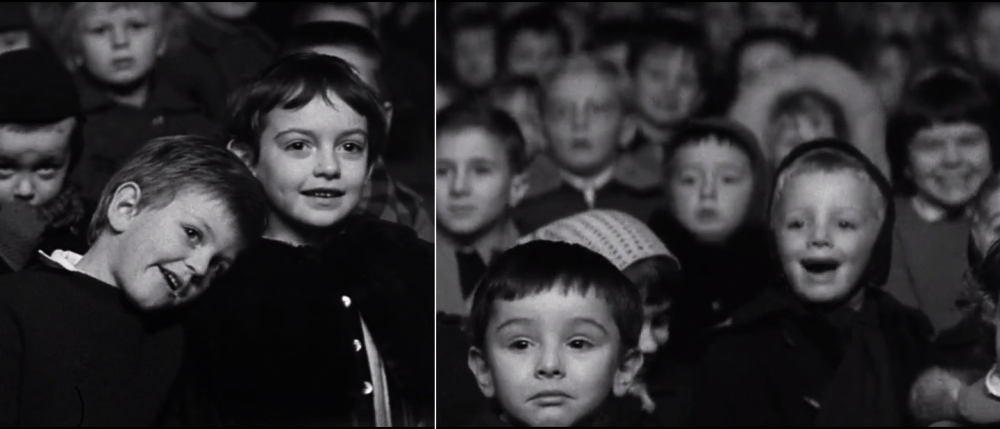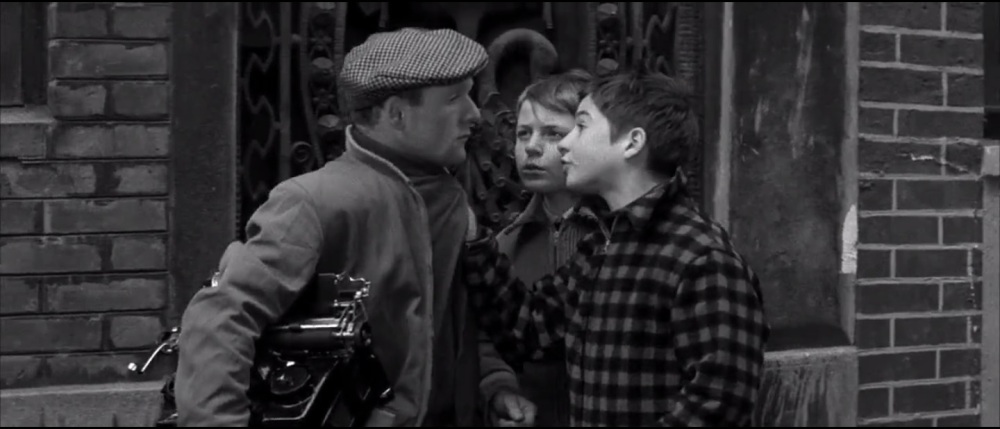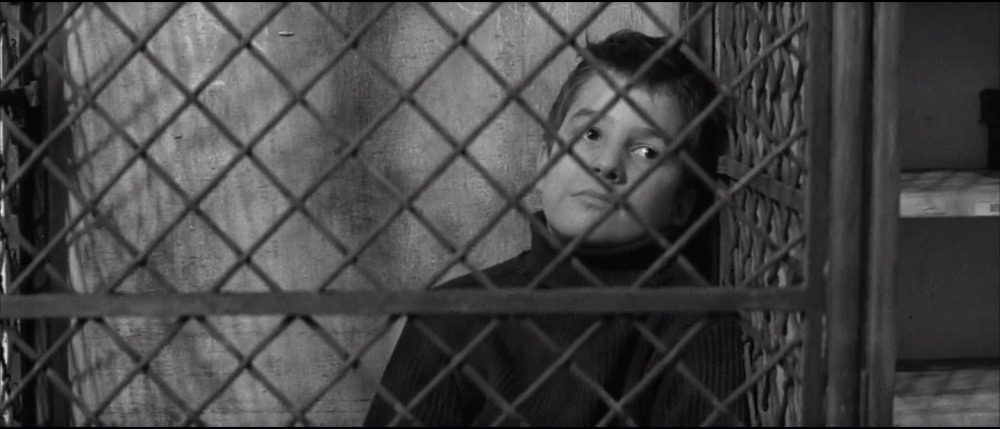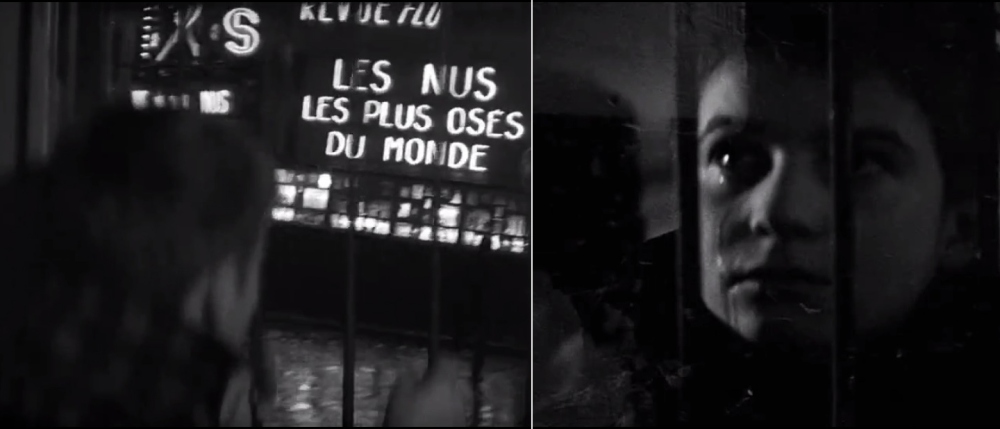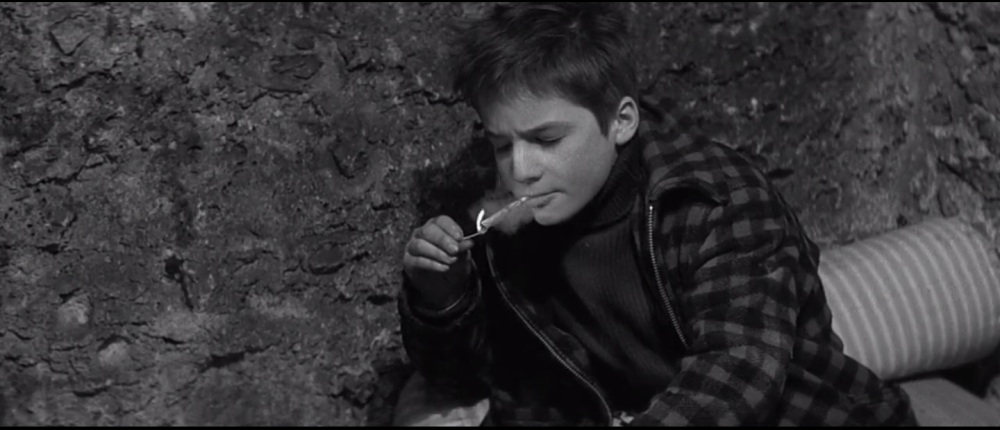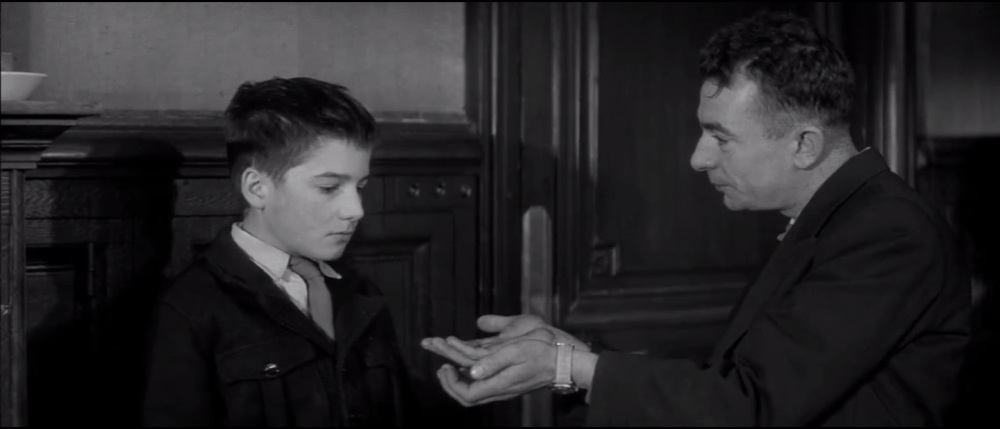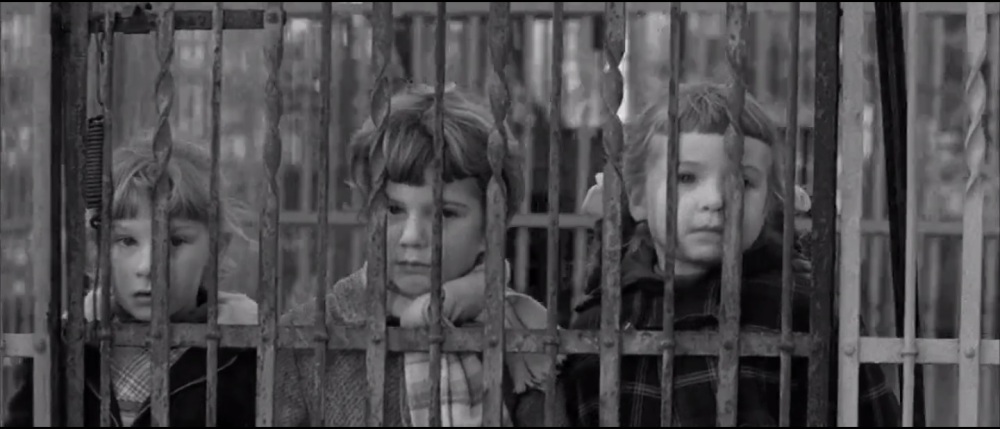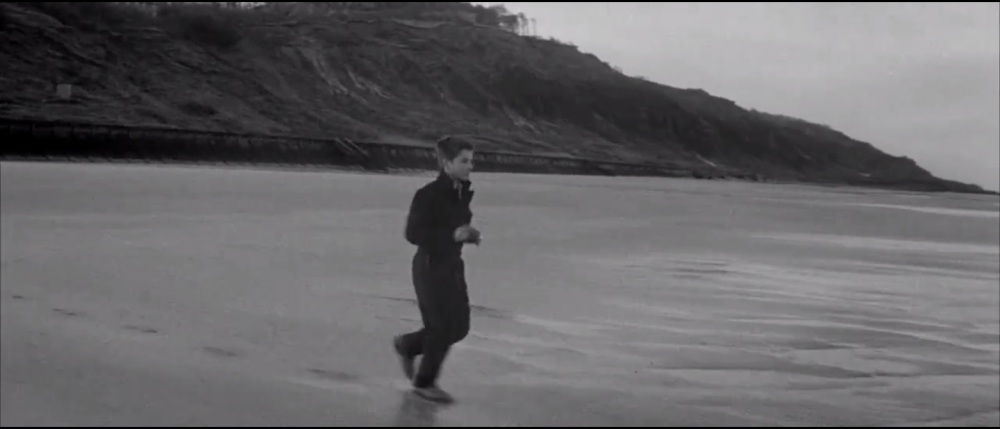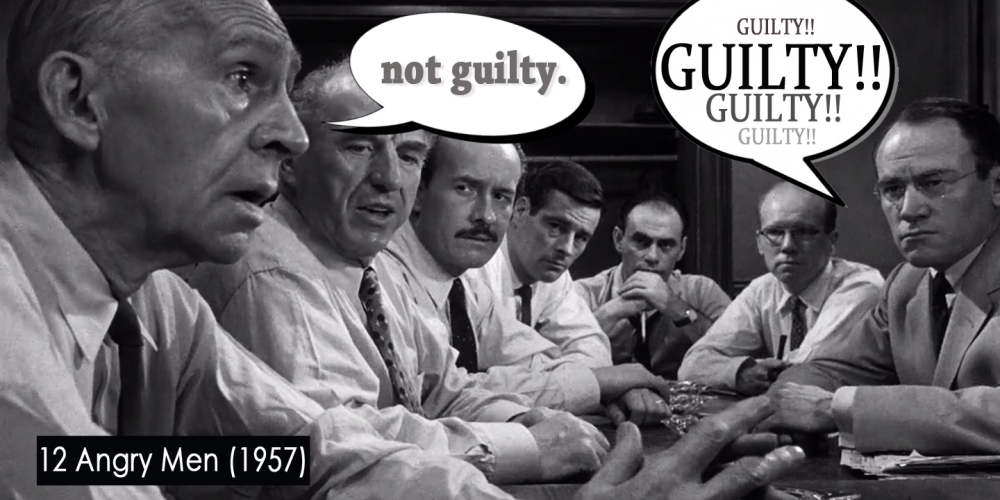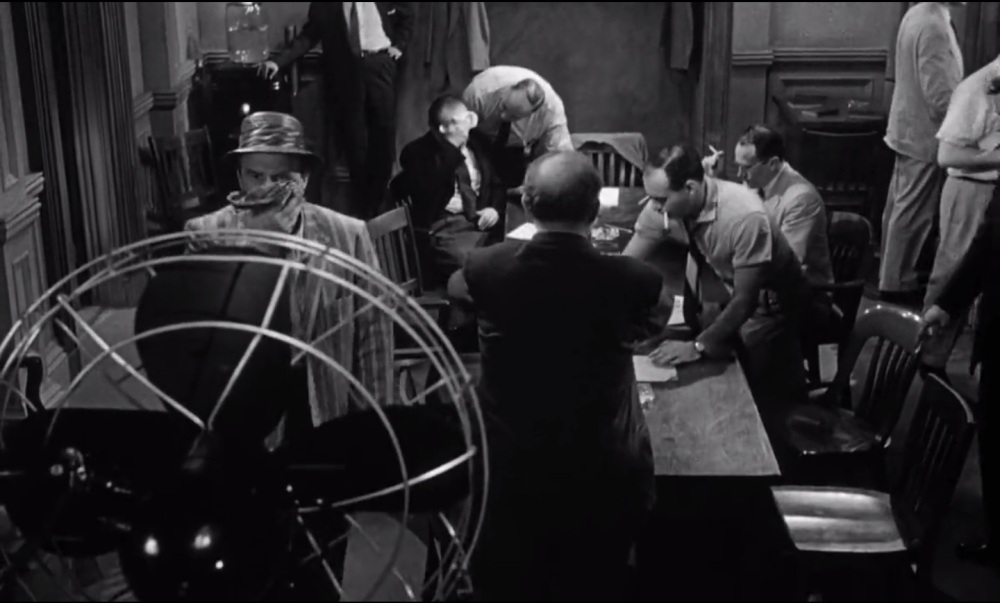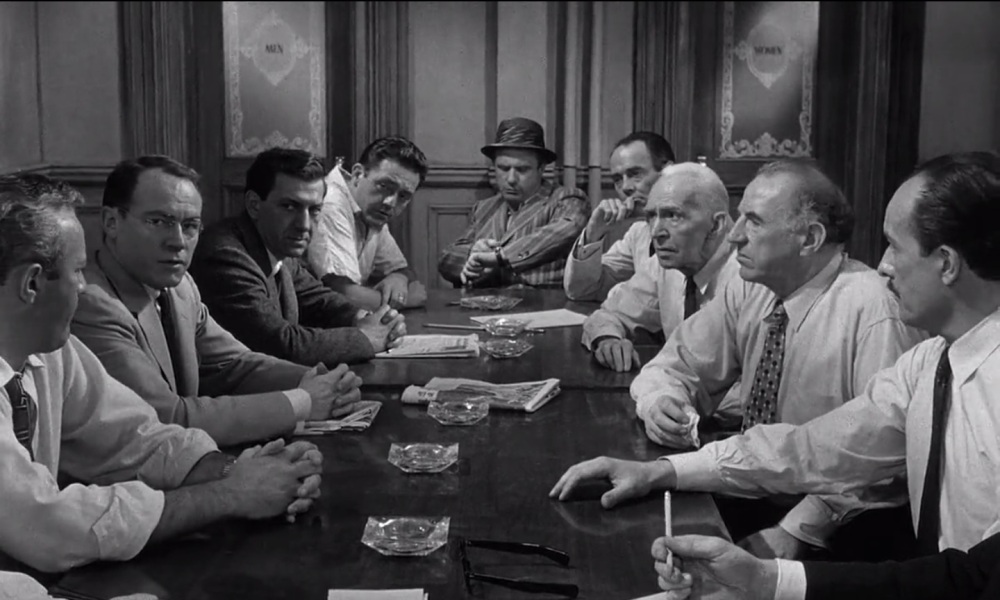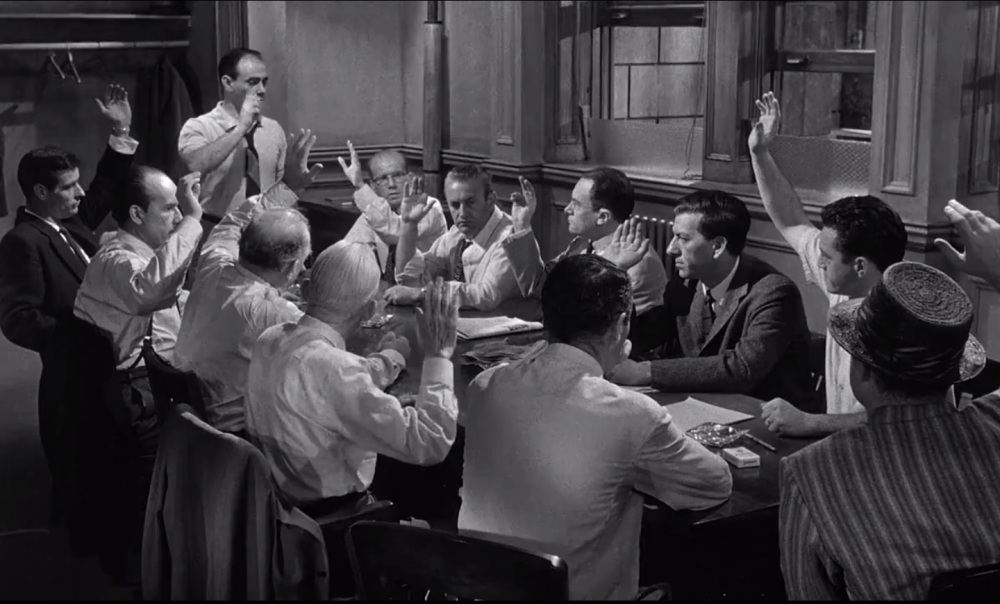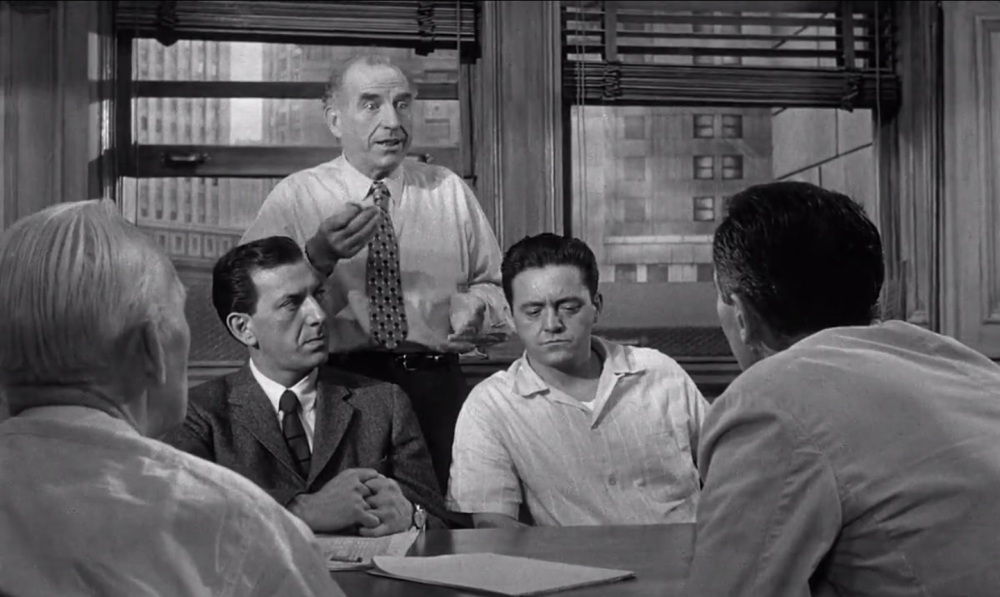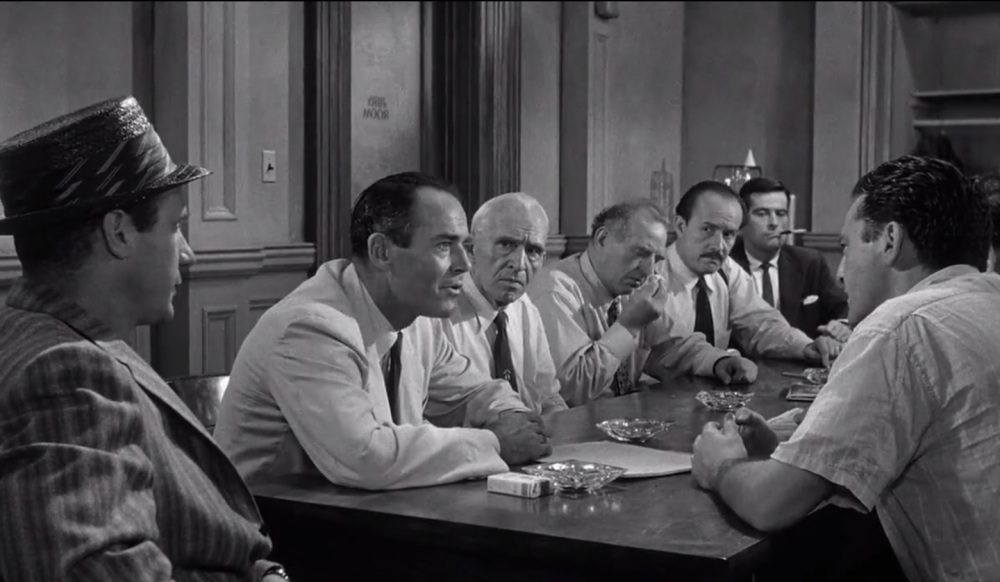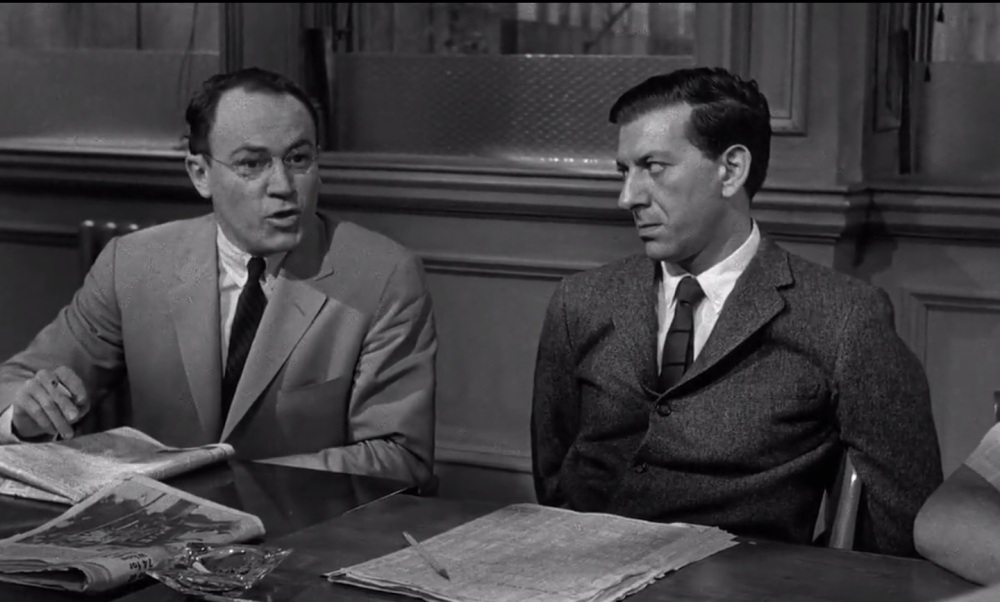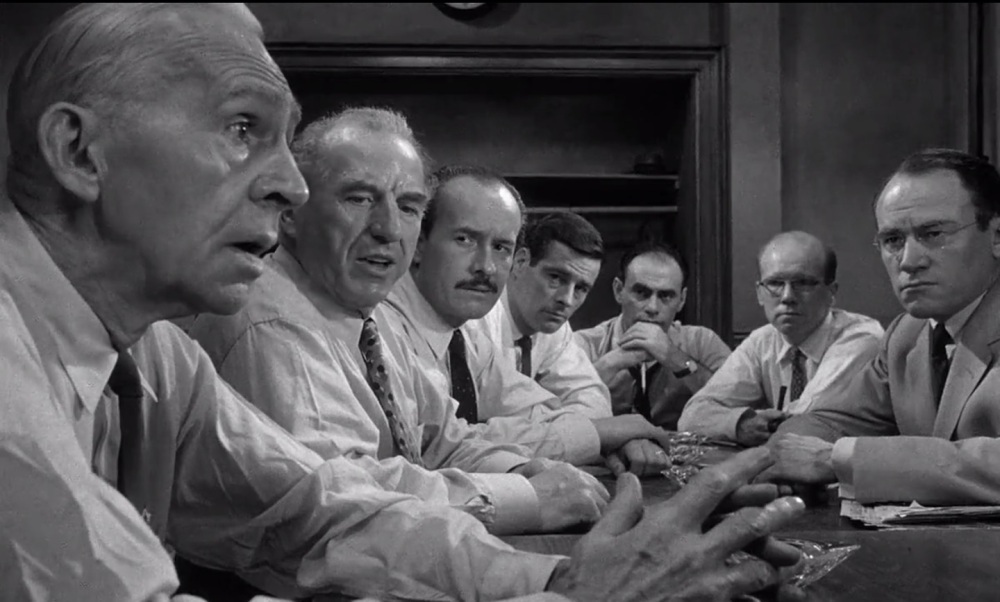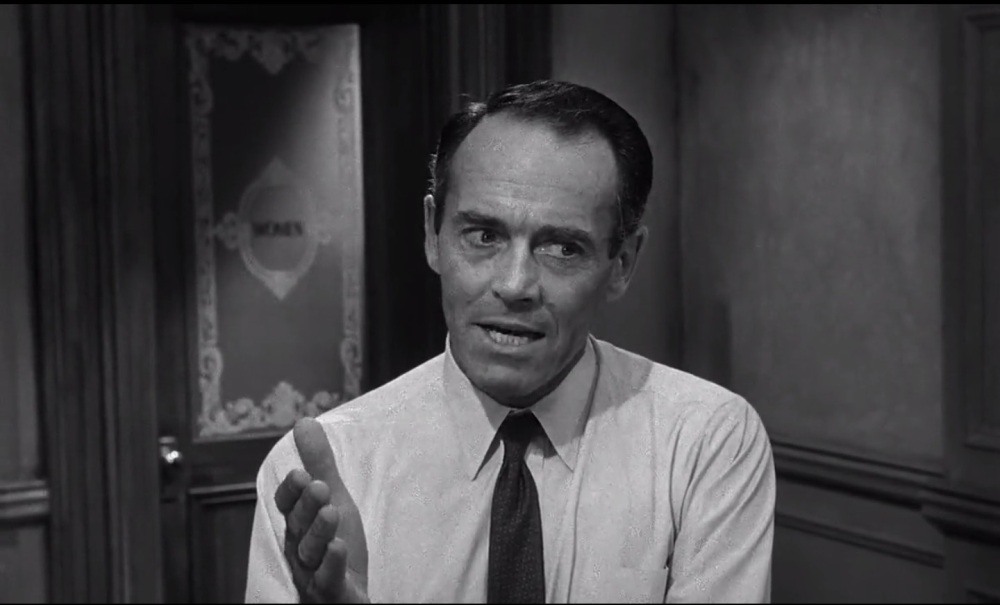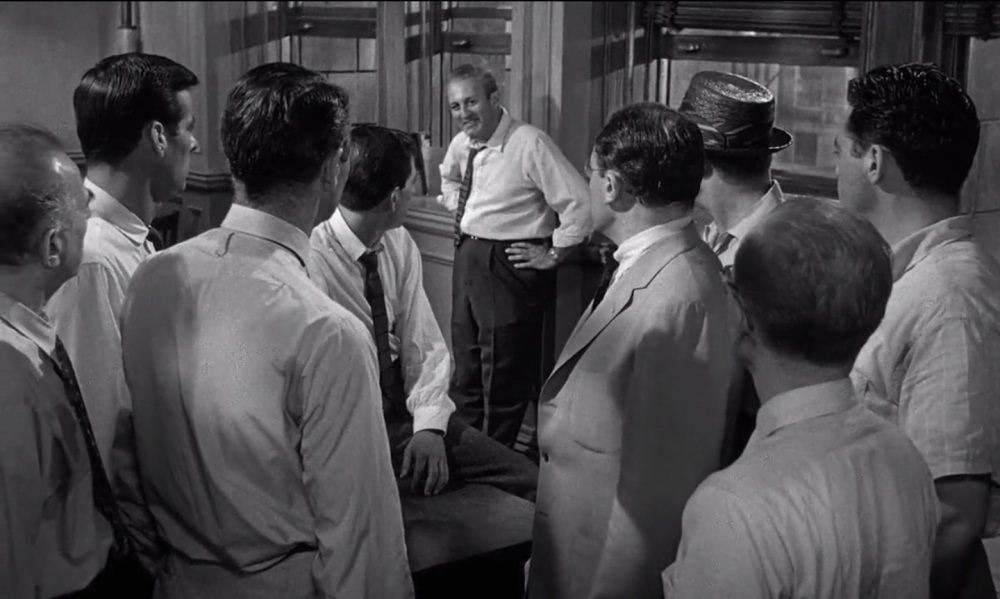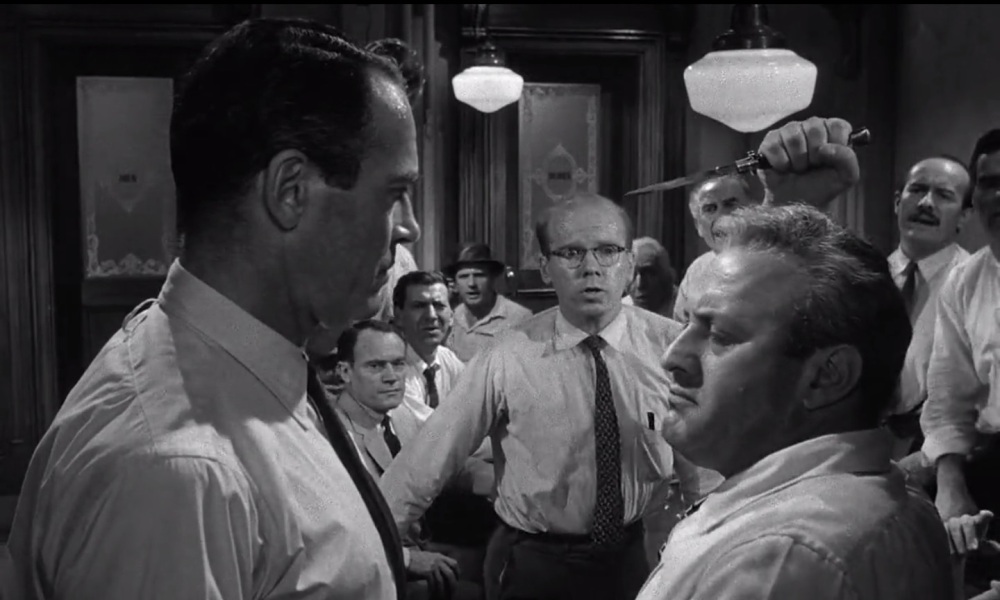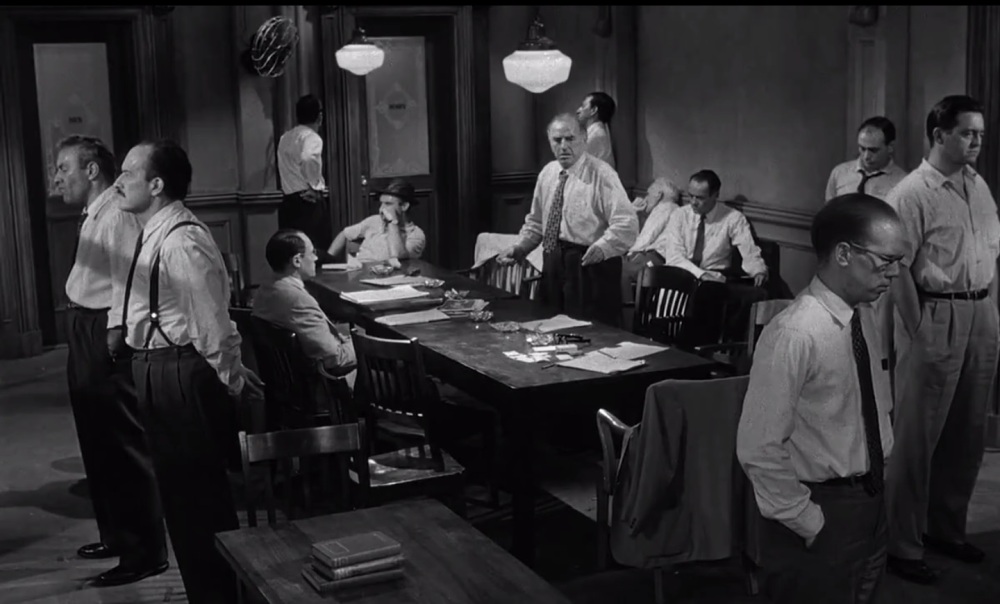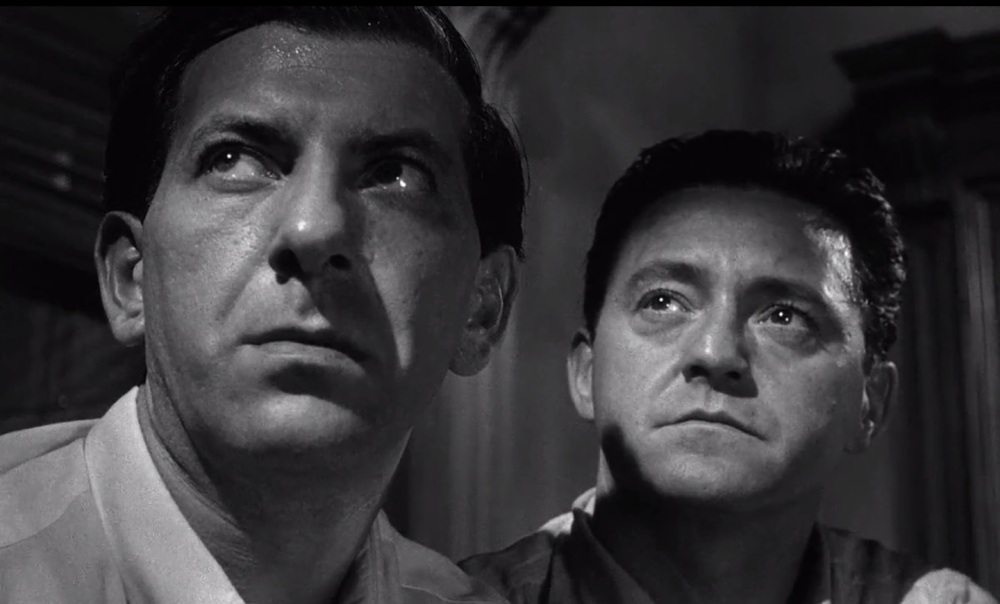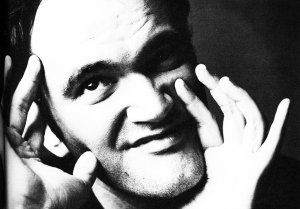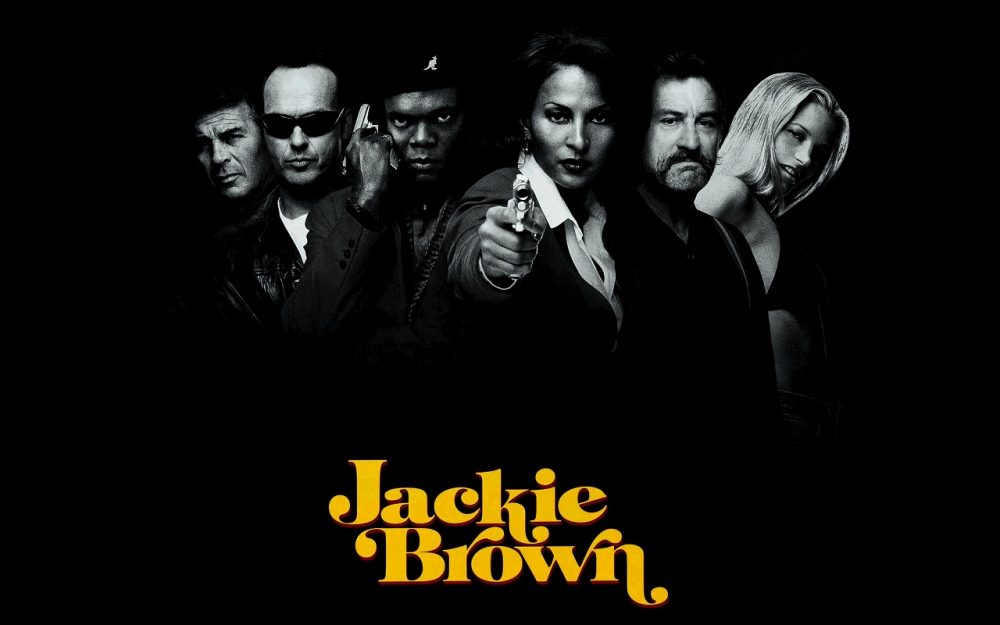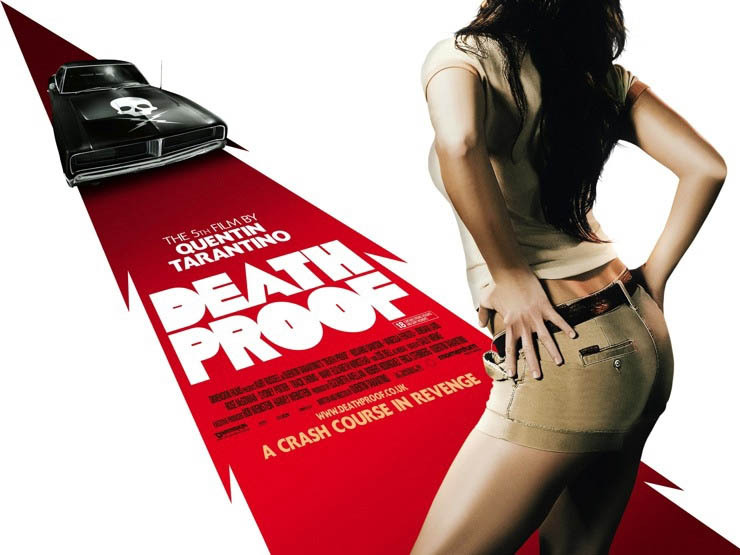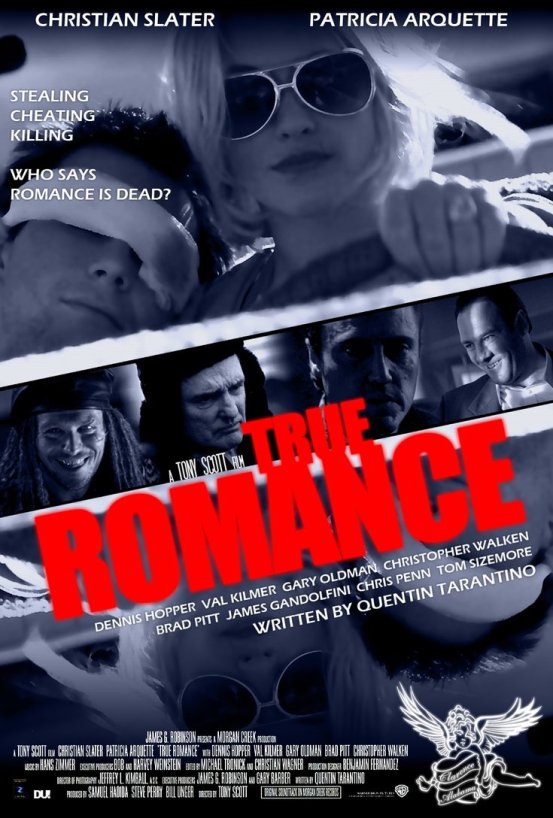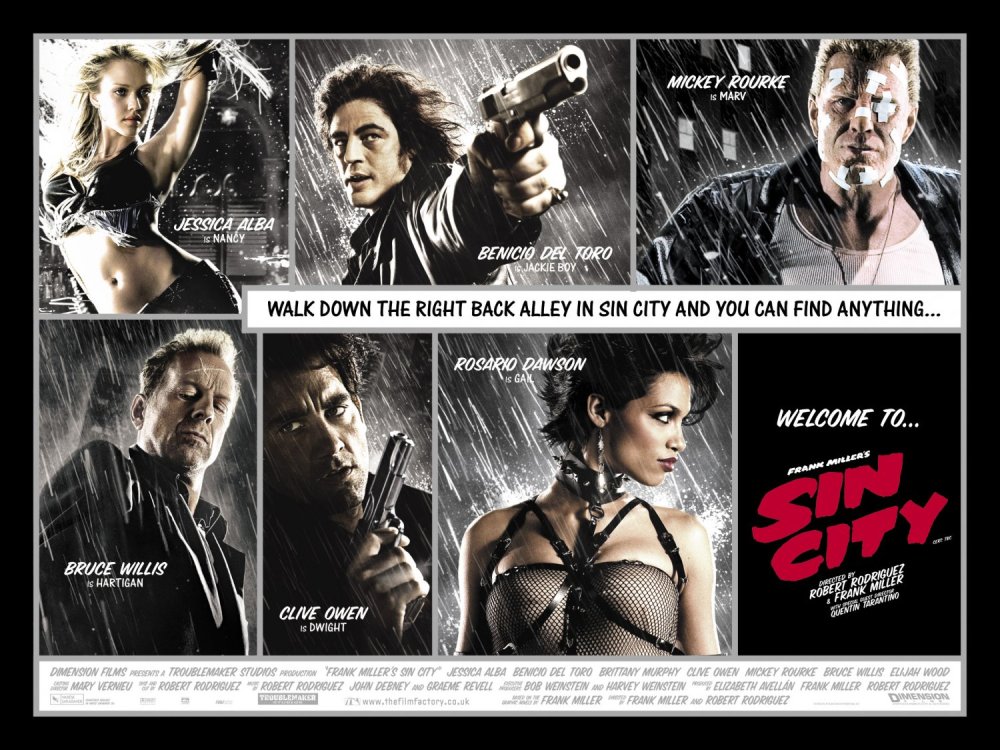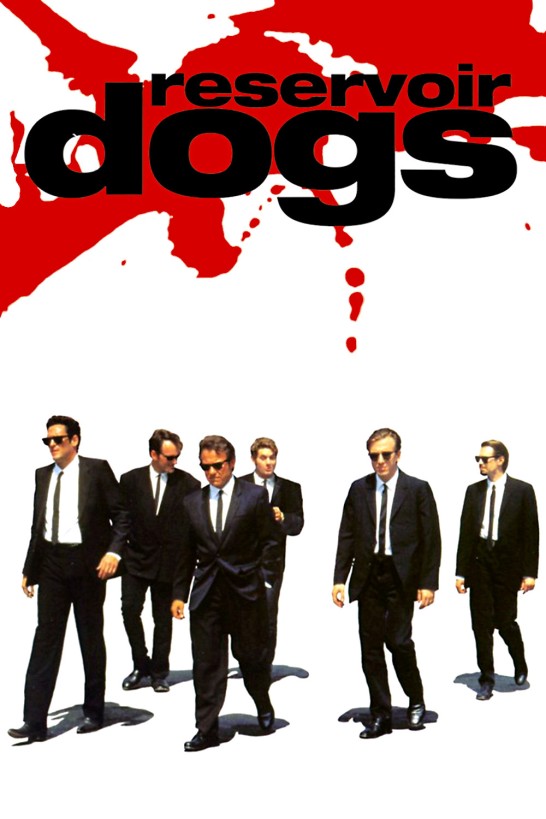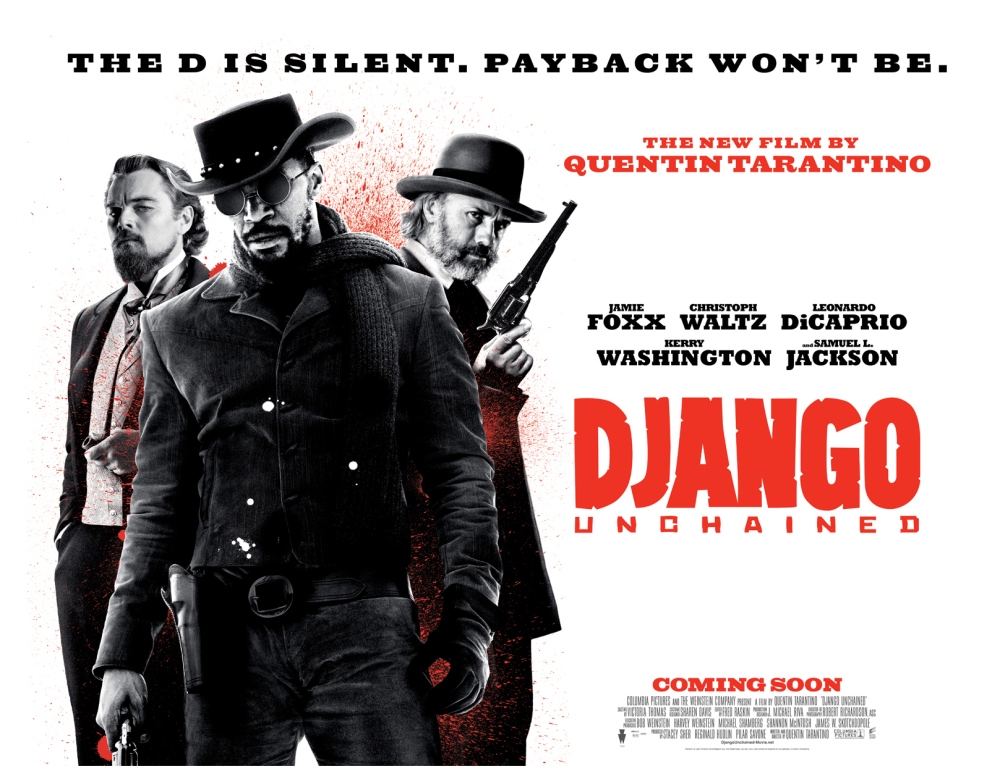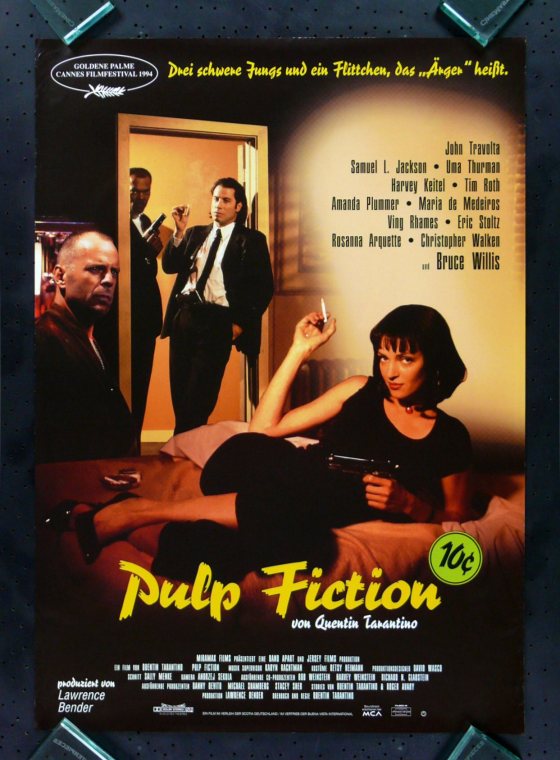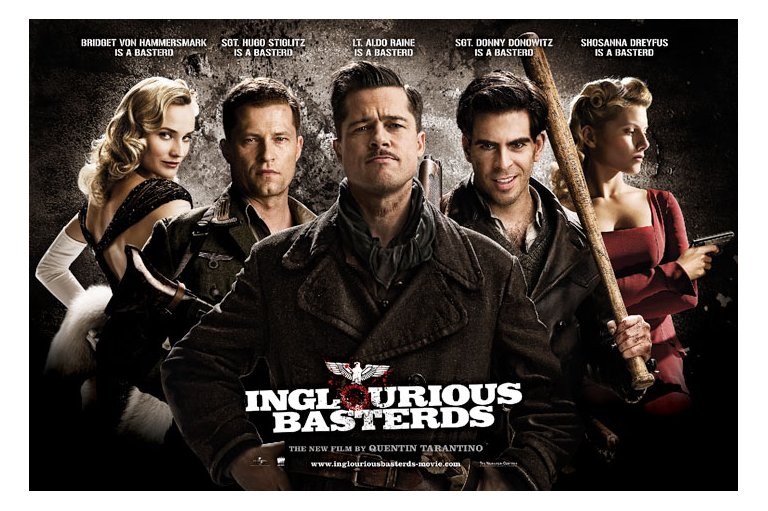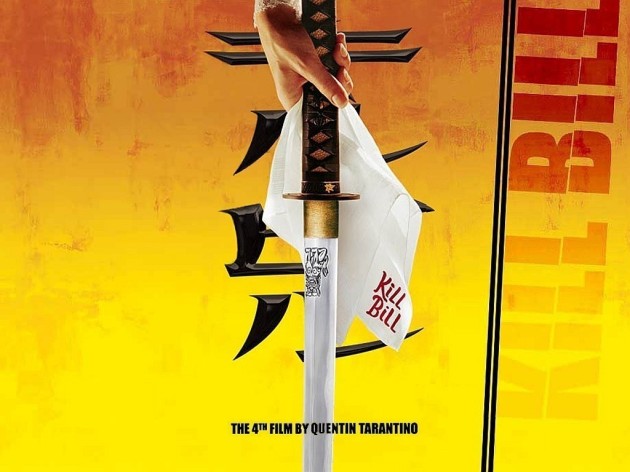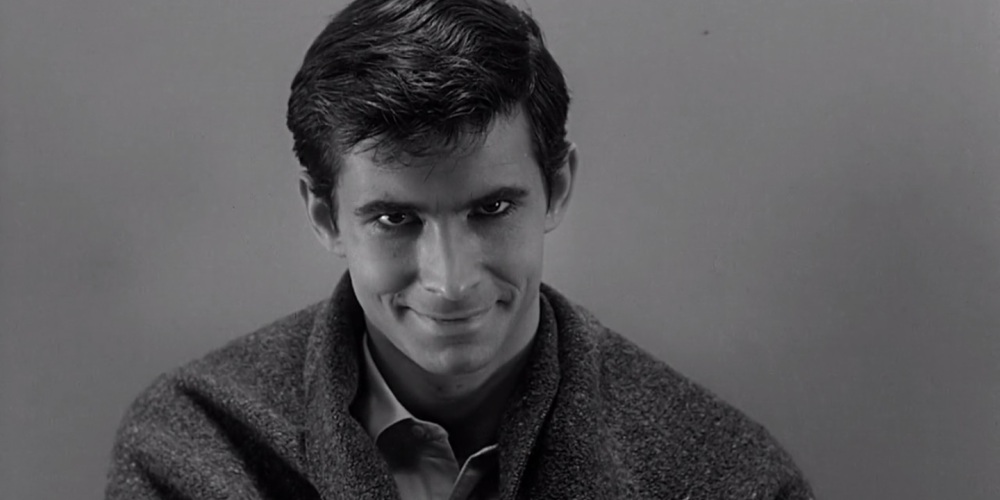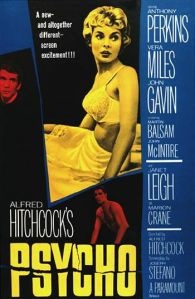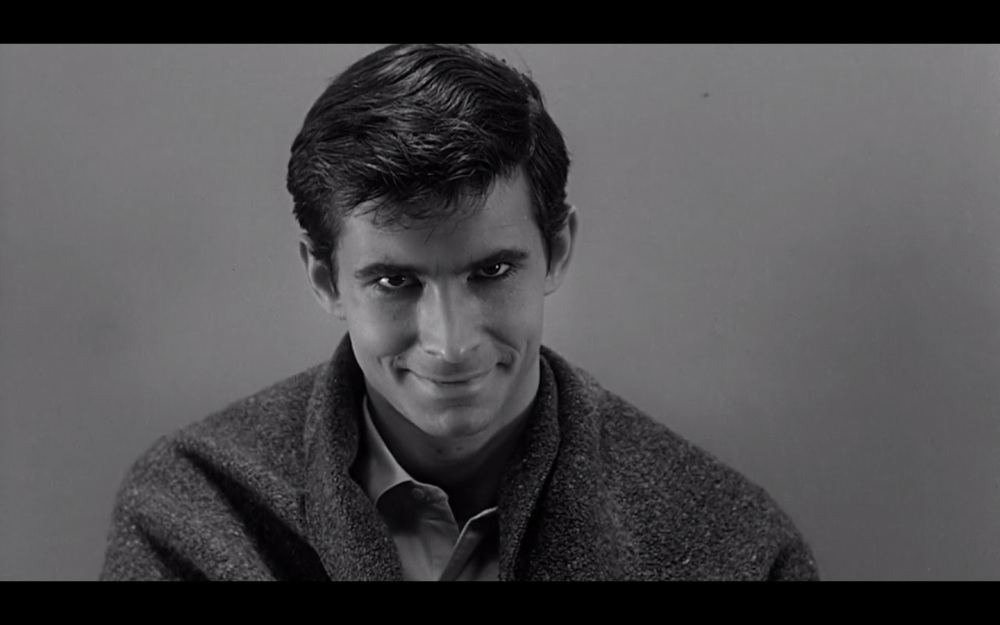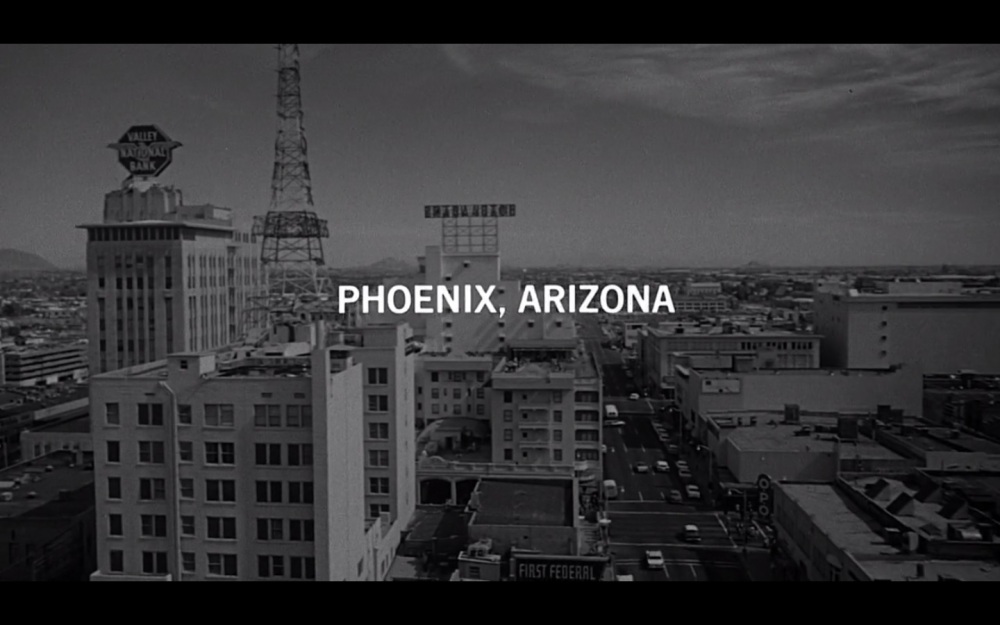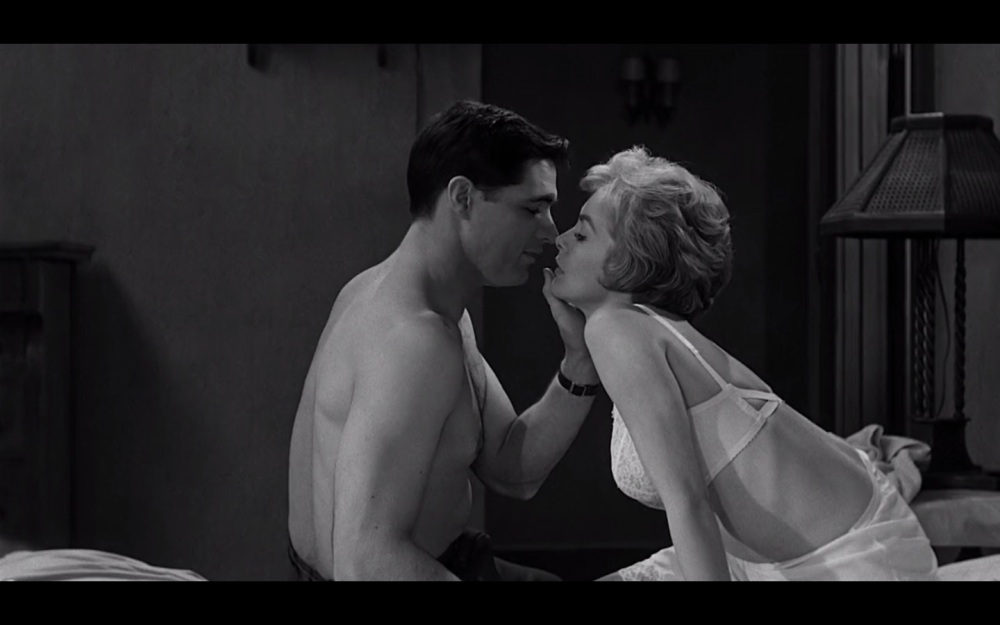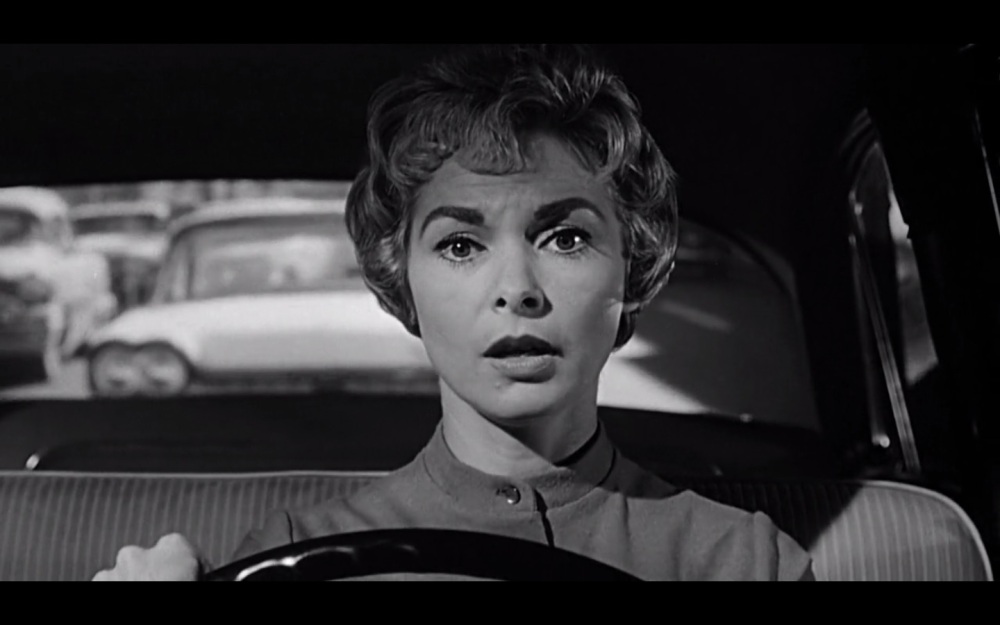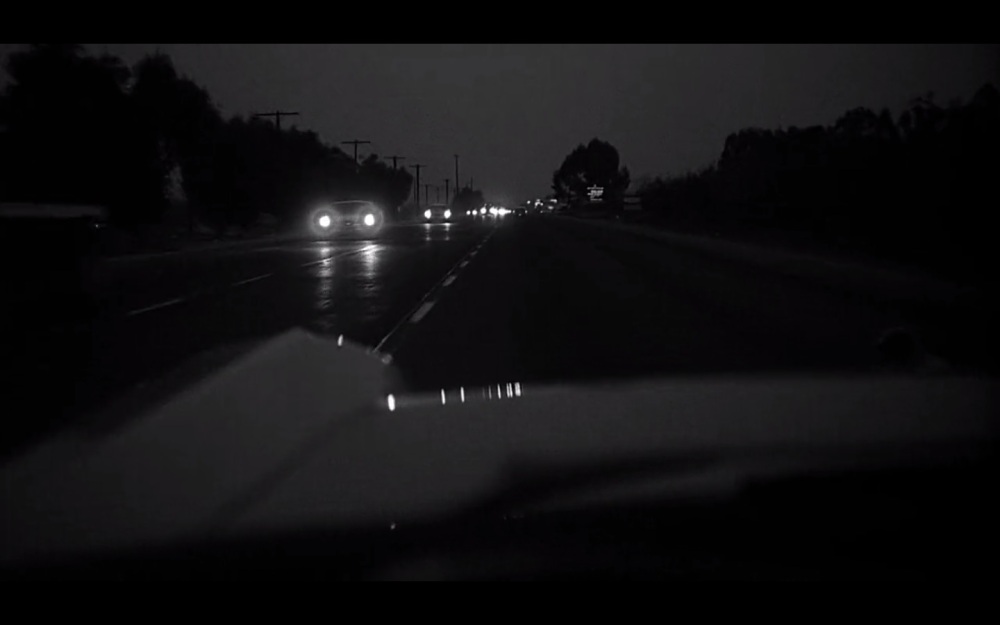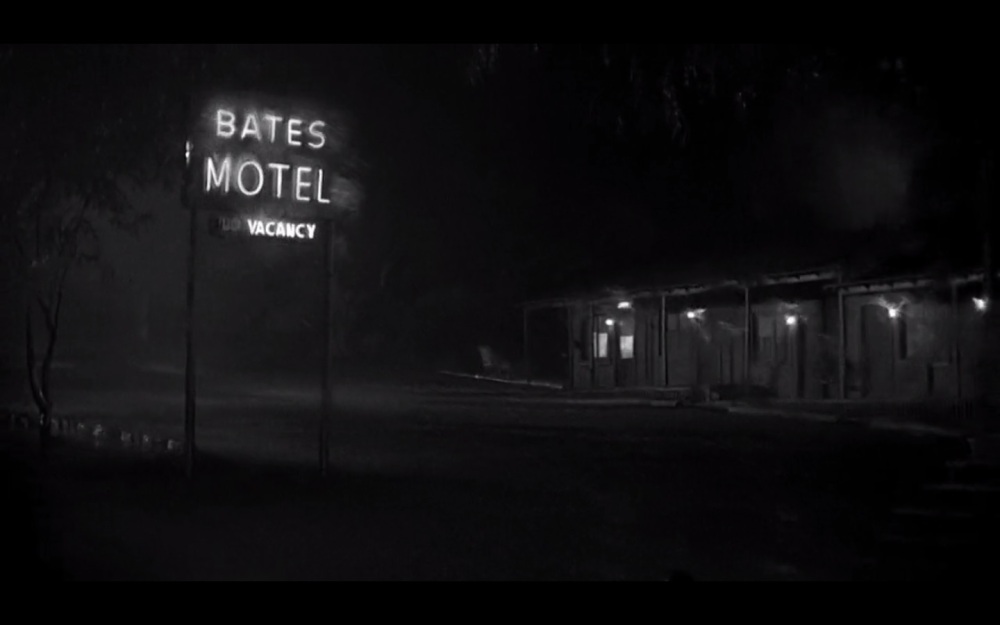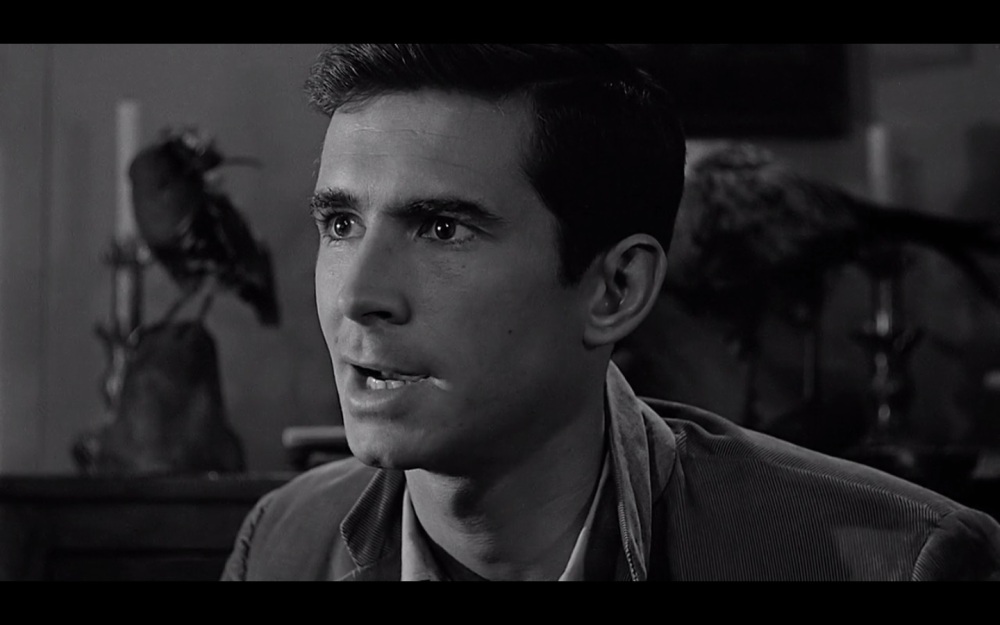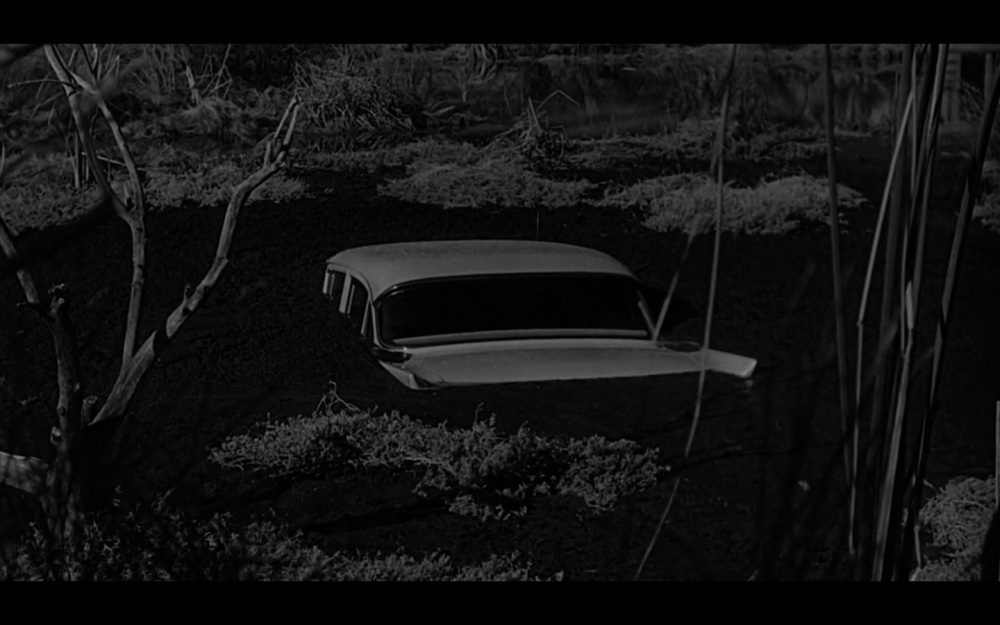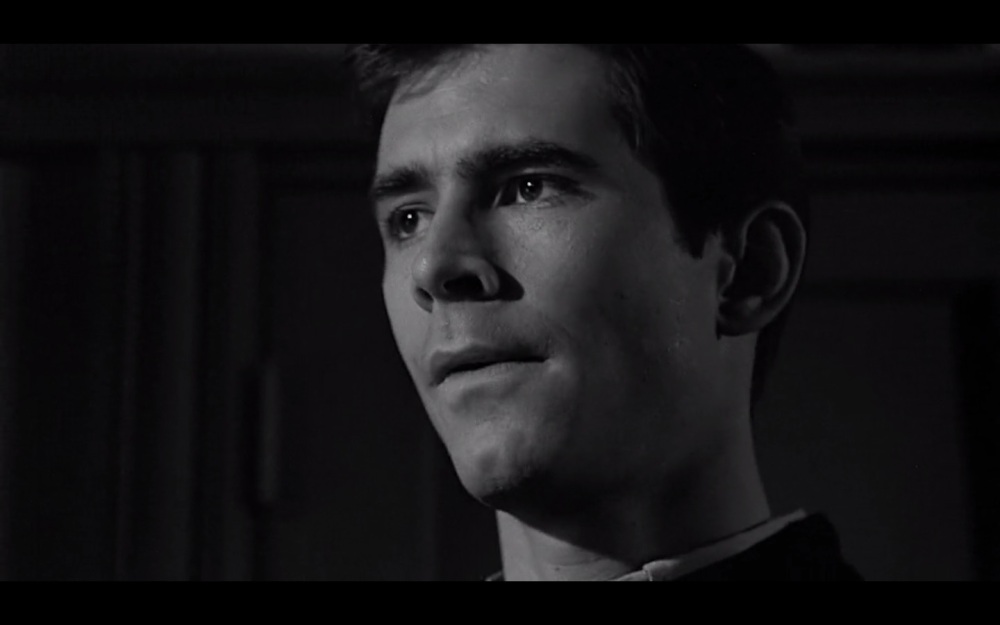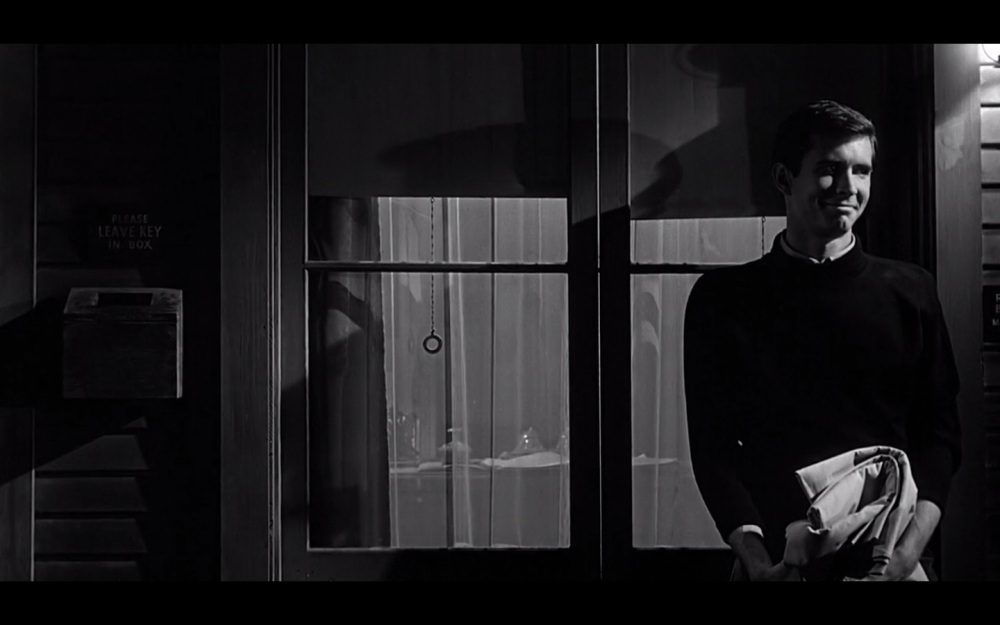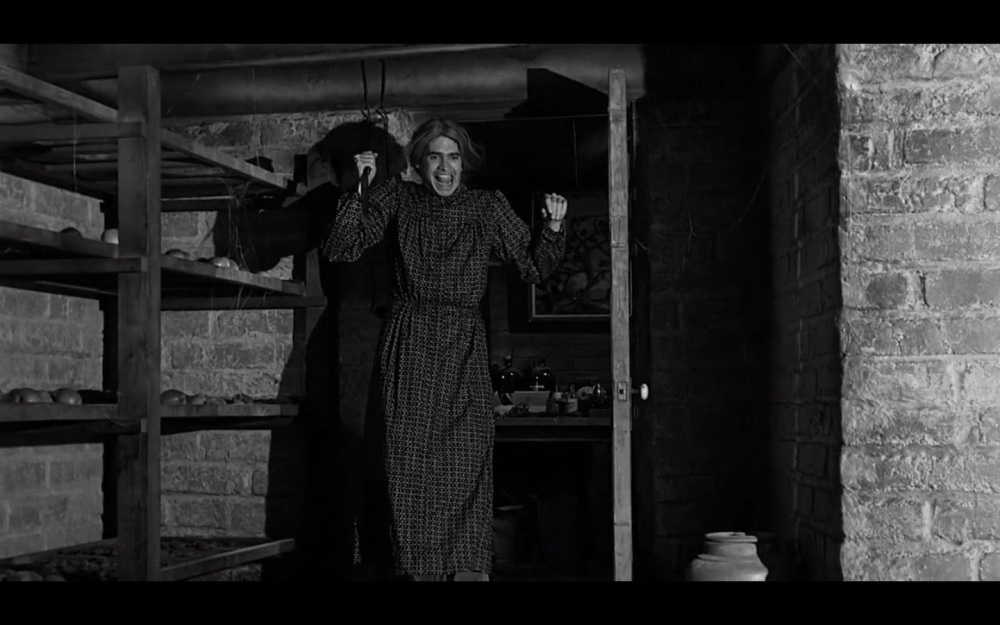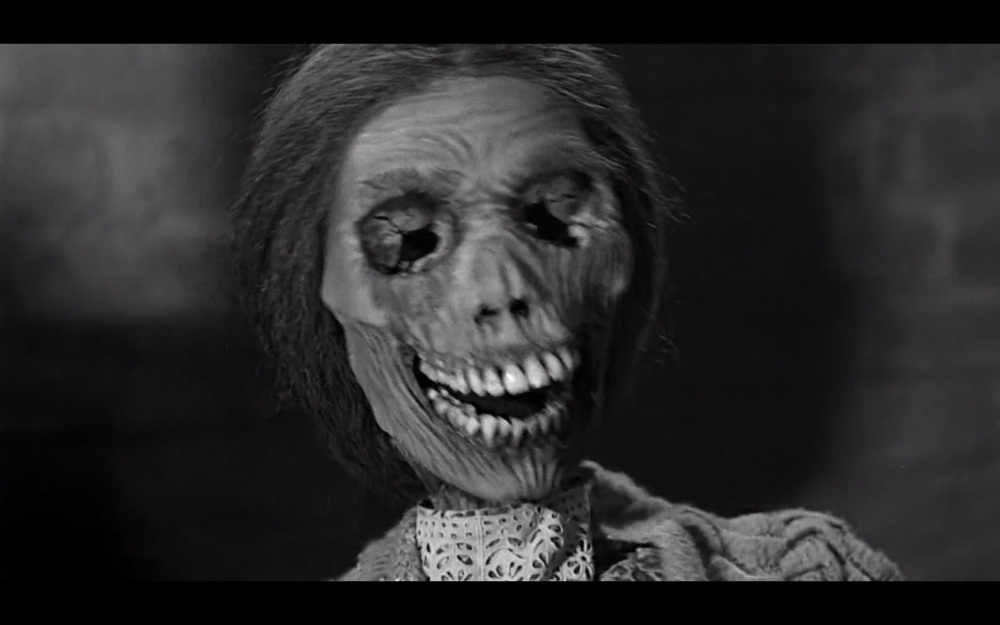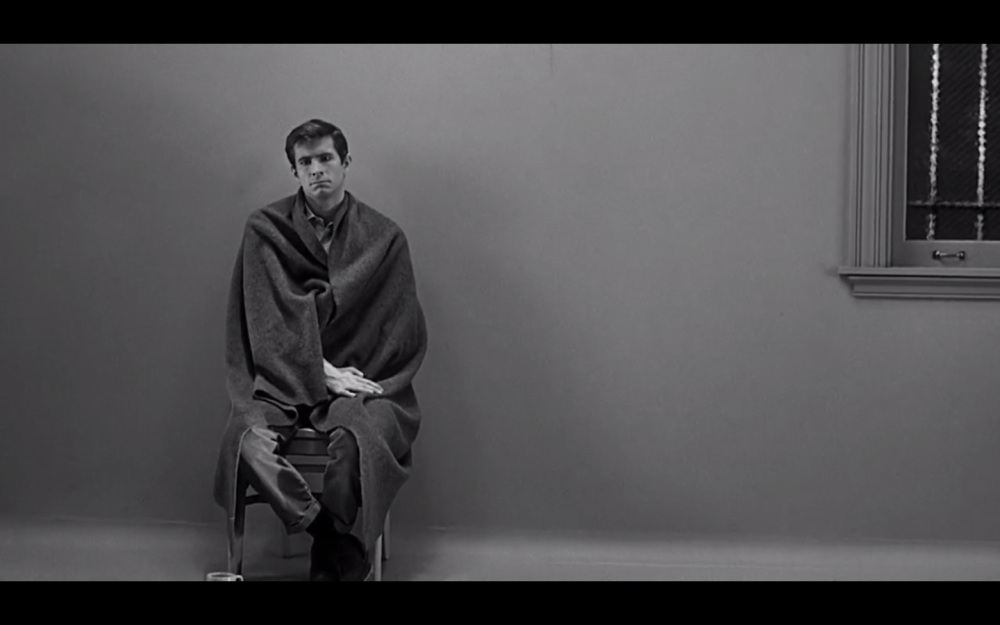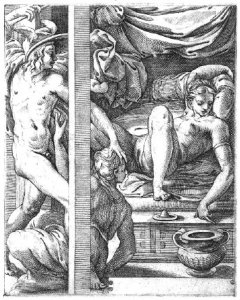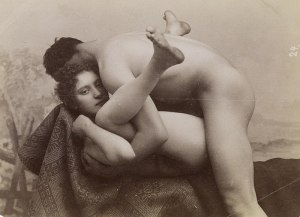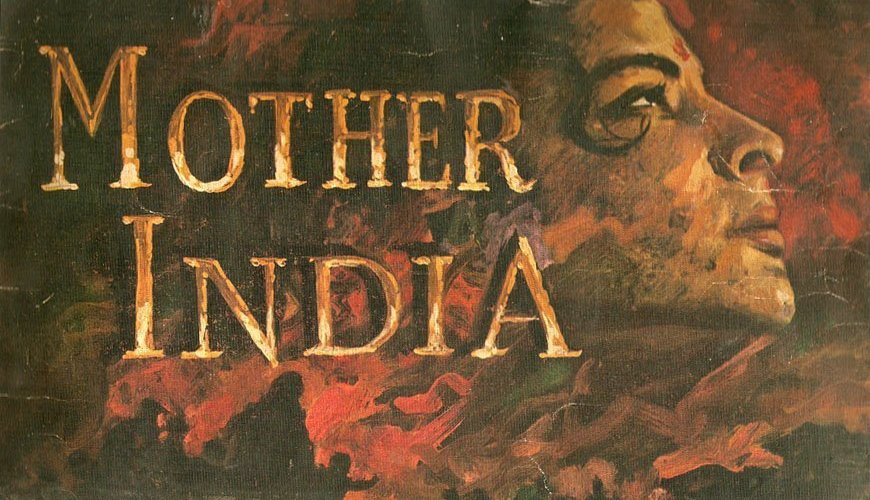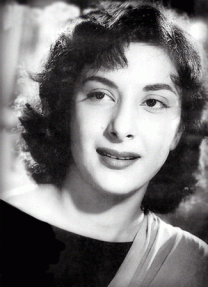I vaguely remember the lanky Shashi Kapoor in his tacky Kurta Pajama with a glitzy waist-coat and a cap jumping and singing, “Hum ko.. tum pe.. Pyaar aya….” It was from the movie Jab Jab Phool Khile (1965. This is when Raja (Shashi Kapoor) realizes he loves Rita (Nanda), a rich tourist visiting Kashmir. It wasn’t until 1997 when I first saw the film. That year, I had just turned 7.
A delightful and a heartwarming love story, this genre summed up the 2/3 of Kapoor’s entire filmography. He stared in over 170 films in his lifetime, few of which he produced himself including one of my favorites, Junoon (1978).
Junooniyat for Shashi Kapoor
I never knew I would write a piece on the actor someday I least bothered to know about when I was growing up watching all the Hindi films. I was barely making out of Grade 10 and the only films I had watched of Shashi Kapoor were; Do Aur Do Paanch, Namak Halaal, Waqt, Pyar Kiye Ja, Jab Jab Phool Khile and Shaan. Till then, I had only seen him second to Amitabh Bachchan, Shatrughan Sinha or some other lead actors. I least cared to watch a film specifically for Shashi Kapoor. The first time he caught my attention was only in Deewar (1975) in his angsty role of a moral cop fighting the immoralities of the society and against his own brother. His famous dialogue from the film, “Mere pas Maa hain!” stuck with me for a while. What a swagger he carried? What a visual Punch!
I slowly started growing a taste for Kapoor’s kind of acting. His mannerisms (swinging his limbs in tacky dance numbers), his way of romancing the leading ladies, and the way he always elongated the last word of his dialogue with a smirk, stuck with me.
I believe I was in Grade 12 when I first saw Junoon (1978). It was produced by Kapoor himself and was directed by the famed parallel-cinema filmmaker Shyam Benegal. Naseeruddin Shah, Shabana Azmi, Jennifer Kendall, and Sushma Seth respectively were wonderful in the film, however, it was Shashi’s performance as Nawab Javed Khan which marvelously drove the entire story to the climax.
My favorite scene from the film is when Javed and Firdaus (Javed’s mistress) are sharing the bed. They are in a conjugal, yet Javed’s mind is elsewhere. When Firdaus reaches out and grabs his penis to arouse him, he starts gasping for air. The nonconformity starts showing on his face while he languishes and starts making a gesture seems like he’s about to erupt. And, so he does. He gives out a loud shriek of remorse. The scene cuts into the black.
The buildup of the entire scene is as such; the entire nation is in the war against the Britishers. The mutiny of 1857 raised the whole band of nationalists and army comprising of soldiers and commoners, yet Javed couldn’t bring himself to fight against the colonists but his household battle. His willingness to marry Ruth Labrador, a British girl, crumbles under Firdaus’s will to disallow the second betrothal of her husband. He starts living with guilt which slowly builds up into cowardice as he’s unable to convince either his wife or Ruth or himself. He starts considering himself an impotent. Being felt like an impotent can have a devastating effect on a man with arrogance like that of Javed Khan.
Junoon, till this day, remains my favorite Shashi Kapoor film. I adore him for bringing such a humongous project, actors and director on board to carve out the National Award-winning film.
On his other films
It didn’t take me long to get the hang of Junoon and Shashi Kapoor. I instantly fell in love with that man. Naseeruddin Shah couldn’t stand out in the film for me like he did, although, Naseer Saab is my all-time favorite actor. By that time, I also had gotten my hands on The Householder (1963), Shakespeare Wallah (1965), Satyam Sivam Sundaram (1978), Kaala Patthar (1979), Bombay Talkie (1970) and In Custody (1993). Out of all these, only the performance in In Custody really stood out for me.
Kapoor portrayed the aging Urdu poet Nur in In Custody who’s chasing his former fame and lamenting on the loss of Urdu language. He grows tauntingly self-obsessed and obese while only reciting his esteemed poems to his close peers.
Here’s Urdu prose from the opening credit of the film composed by Faiz Ahmed Faiz.
Aaj ik harf ko phir dhoondta phirta hai khayal (My mind is groping for a word today,)
Madh bhara harf koi, zeher bhara harf koi (A word as sweet as wine, as bitter as poison)
Dil-nashin harf koi, qeher bhara harf koi (A word that bewitches but is full of rage)
Aaj ik harf ko phir dhoondta phirta hai khayal.. (My mind is groping for a word today)
Harf-e-ulfat koi dildar-e-nazar ho jaise (A word as desirable as the lover herself)
Jis’se milti hai nazar bosa-e-lab ki surat (Whose glance is like a kiss on the lips)
Itna roshan ke sare-mauja-e-zar ho jaise (As radiant as a sea of gold)
Sohbat-e-yaar main aghaaz-e-tarab ki surat (In the company of a lover, where love is blossoming)
Harf-e-nafrat koi shamsheer-e-ghazab ho jaise (A hateful word cuts like a terrible sword)
Aaj ik harf ko phir dhoondta phirta hai khayal..(My mind is groping for a word today)
Ta abad shahre-sitam jis’se tabah ho jayein (A word that could destroy this city of sorrow forever)
Itna tariq ke shamshan ki shab ho jaise (As dark as the grave)
Lab pe laoon to mere honth siyah ho jayein (So dark that my lips turn black)
Aaj ik harf ko phir dhoondta phirta hai khayal…(My mind is groping for a word today)
I disliked watching him as the second lead afterward. I wanted more of Shashi Kapoor and less of others. Although most of the films he did a lead role in were quite successful, his films as second-lead were some of the greatest hits of Hindi cinema. I wonder, would Amitabh Bachchan be him today if it wasn’t for Shashi Kapoor supporting his act through and through? I can only wonder.
A person true to himself
I was more used to watching the suave and handsome Shashi Kapoor that I almost forgot he had gotten really old. The time had gotten the best of him and he was an ailing man by the time I had watched most of his films. I read somewhere about Prithvi Theater of Mumbai and how his daughter ‘Sanjana Kapoor’ manages the overall. It was great to know that the man who had spent so much time in films had decided to offer his time and knowledge on building a theater to fulfill his father’s dream of continuing the craft and offering a home to theater-actors.
A bit on his personal life
Shashi, who belonged to the second generation of the Kapoors of Hindi Cinema, was the youngest son of the theater and film legend Prithvi Raj Kapoor. He worked in his father’s caravan-theater as a mere staff. He slowly worked his way up like his brothers did and made a name for himself. It wasn’t until the theater started crumbling down that he decided to do films.
His theater life was difficult as he pointed out in an interview, “My father called us mazdoor, not jagirdars.” He also found his future wife, Jennifer Kendall sitting among the audience watching the Prithvi’s play one day. He called their first meeting, “it was love at first sight.”
Geoffrey Kendal, Jennifer’s father, and the Shakespeareana theater manager was against their marriage. Shashi’s elder brothers helped a great deal to get them married. Later, Shashi and Jennifer starred in many films together, namely; Shakespeare Wallah, Bombay Talkie and Junoon. He made 36 Chowringee Lane (1981) starring Jennifer in the lead.
Unlike many tumultuous marriages of actors, they shared a special bond which lasted until Jennifer’s untimely death in 1984. The man who was known for his suave look and star-like persona started losing his physical appeal. He grew distant from films and put on weight. And, the rest is history!
The Gutsy Shashi
He was the first Hindi actor to go global. He acted in a total of 12 English films. Although he couldn’t make a big impact among the foreign audience, he did manage to make a dent throughout the world. He helped introduce the real India to the global audience.
Pretty Polly, Heat & Dust and Sammy & Rosy get laid are few of his foreign ventures.
It was a devastating reality to face when he passed away in 2017. It was harder to accept that the man I had been looking up to 2/3 of my life was no more. The first thing I did after learning about his demise was finding an old copy of Junoon and re-watching it.
I wish to keep him in my memory as the Nawab Javed Khan with his tall Pathan stature, ragged turban, thin mustache, longsword, and a prideful gait.
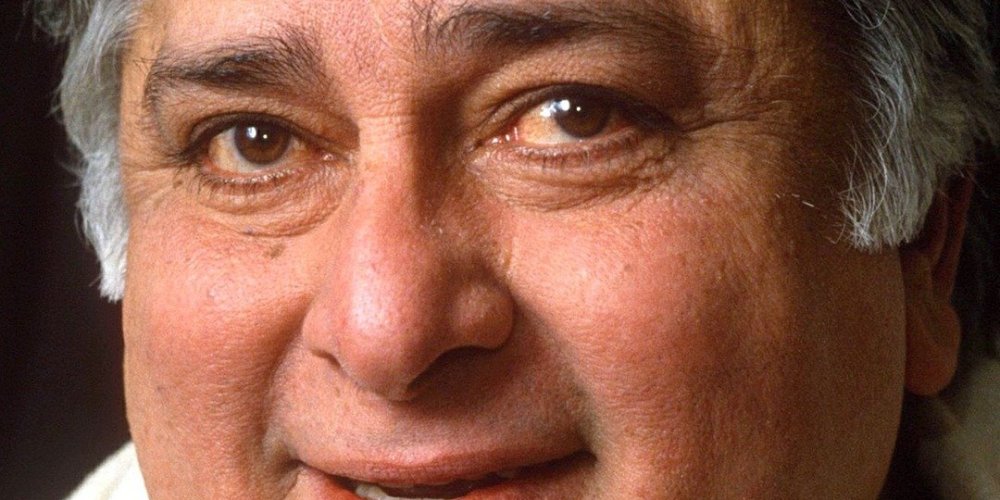
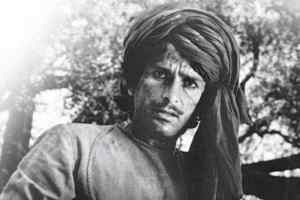


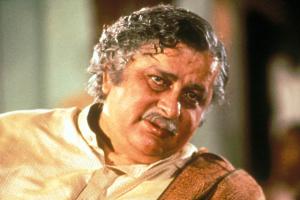






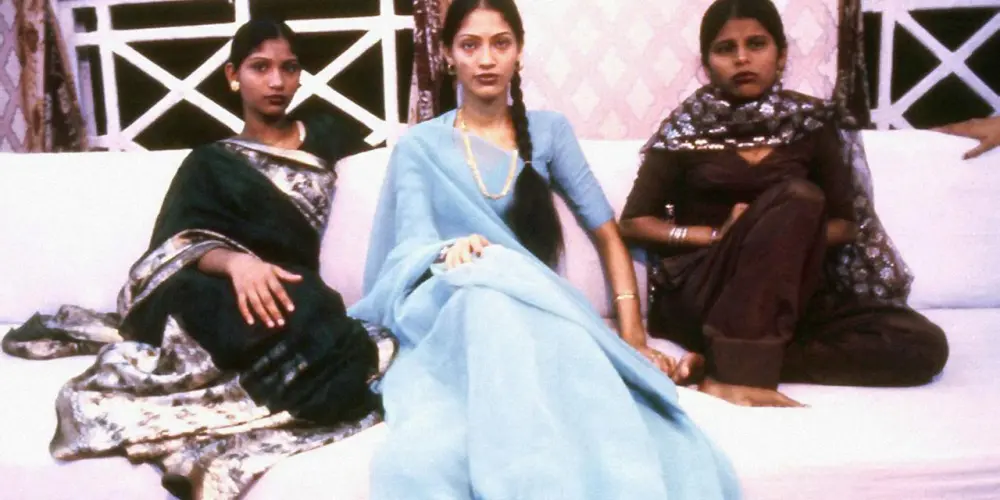


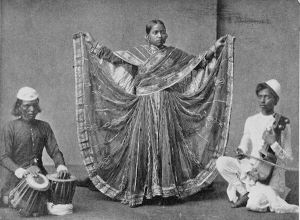
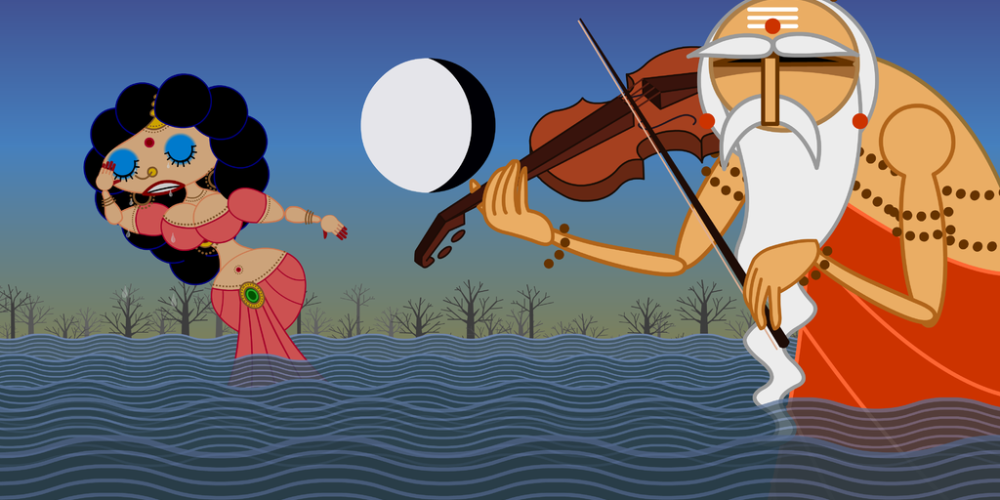
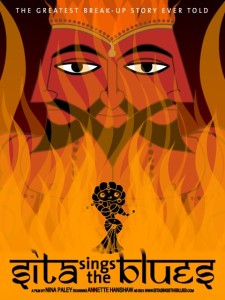
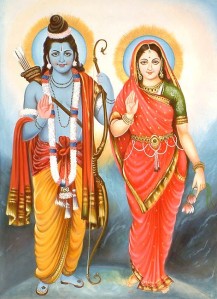







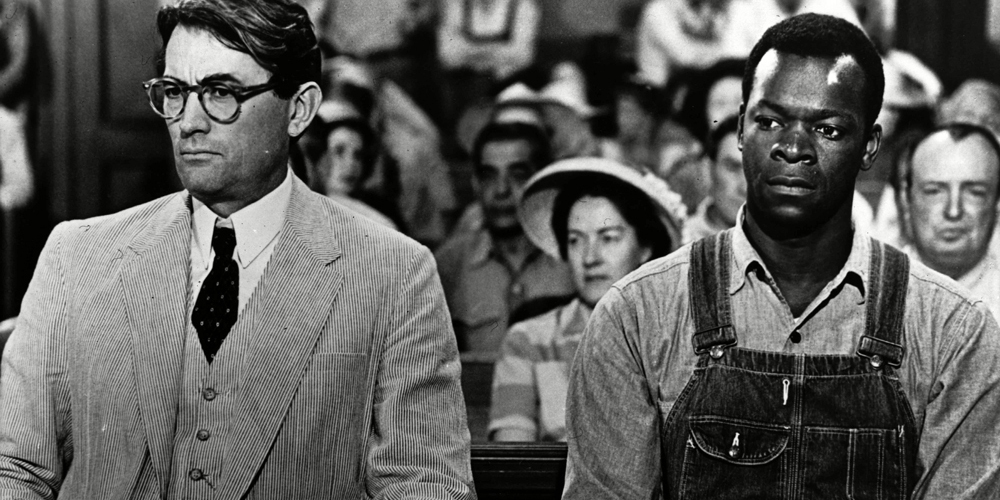















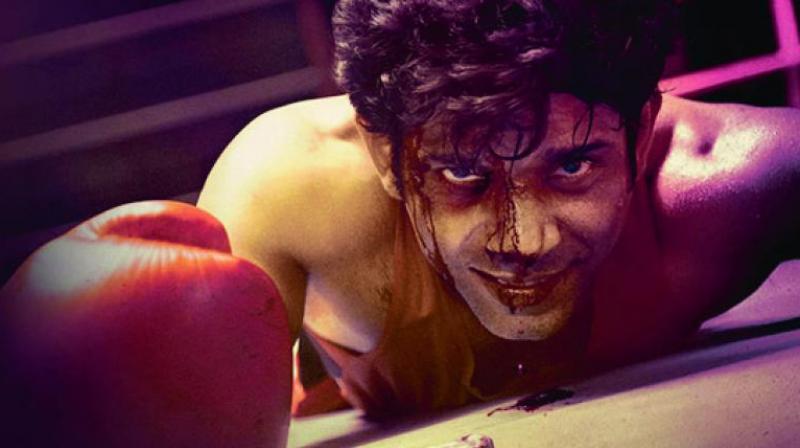
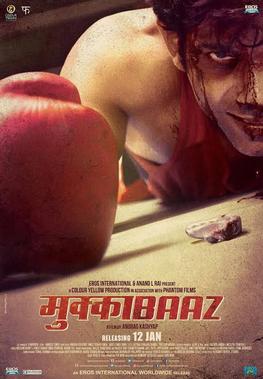






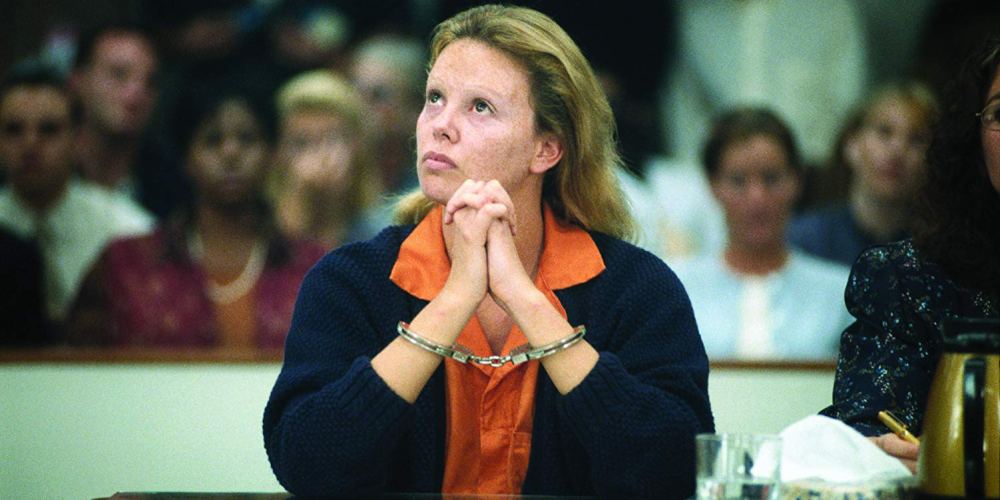
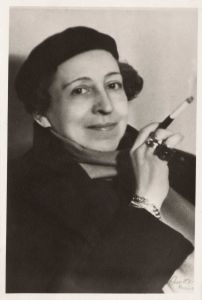












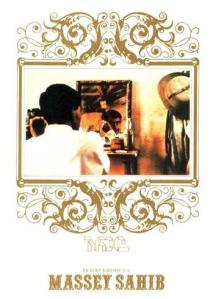 The British Colonial rule prided itself of its political and technological advancement achieved in India, despite the unaccounted hard labor provided by poor Indians. Set in Central India during the last two decades of British rule, Massey Sahib depicts the life of a young man seeking gratification from his superiors and counterparts. Frances Massey is a Christian convert and English speaking lad working for District collector’s office. He works hard to earn the respect of the Britishers, however, his innocence and mischief often lands him up in trouble with the authority.
The British Colonial rule prided itself of its political and technological advancement achieved in India, despite the unaccounted hard labor provided by poor Indians. Set in Central India during the last two decades of British rule, Massey Sahib depicts the life of a young man seeking gratification from his superiors and counterparts. Frances Massey is a Christian convert and English speaking lad working for District collector’s office. He works hard to earn the respect of the Britishers, however, his innocence and mischief often lands him up in trouble with the authority.



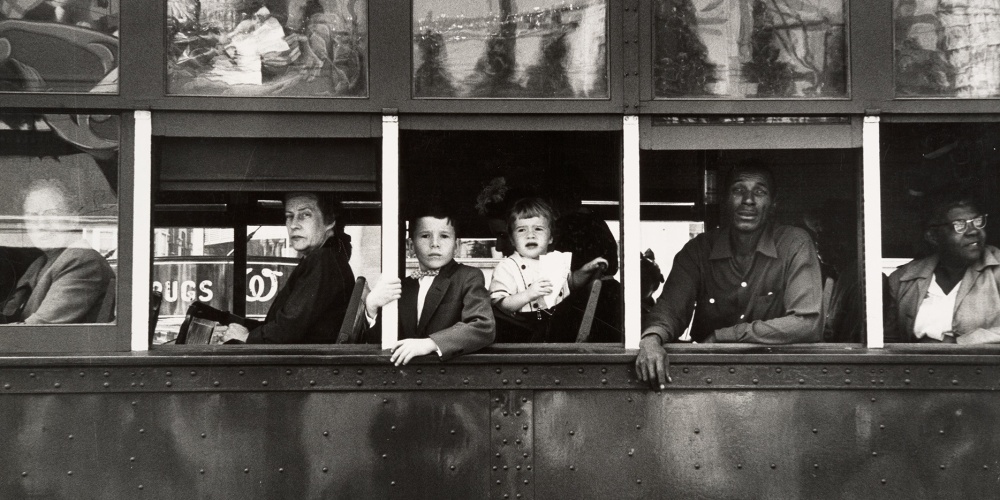
 Les Americains
Les Americains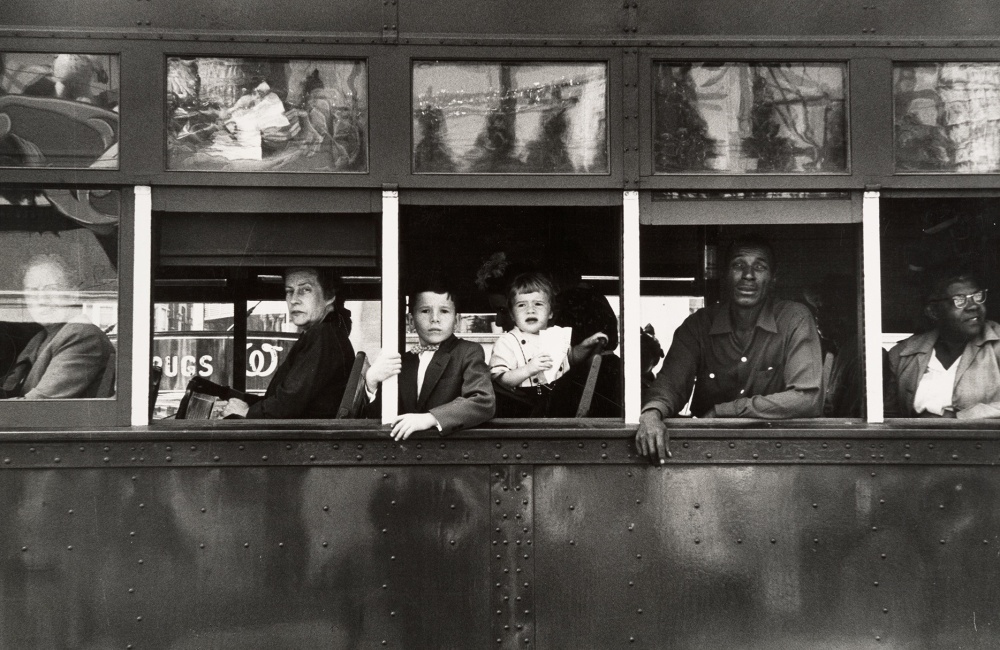
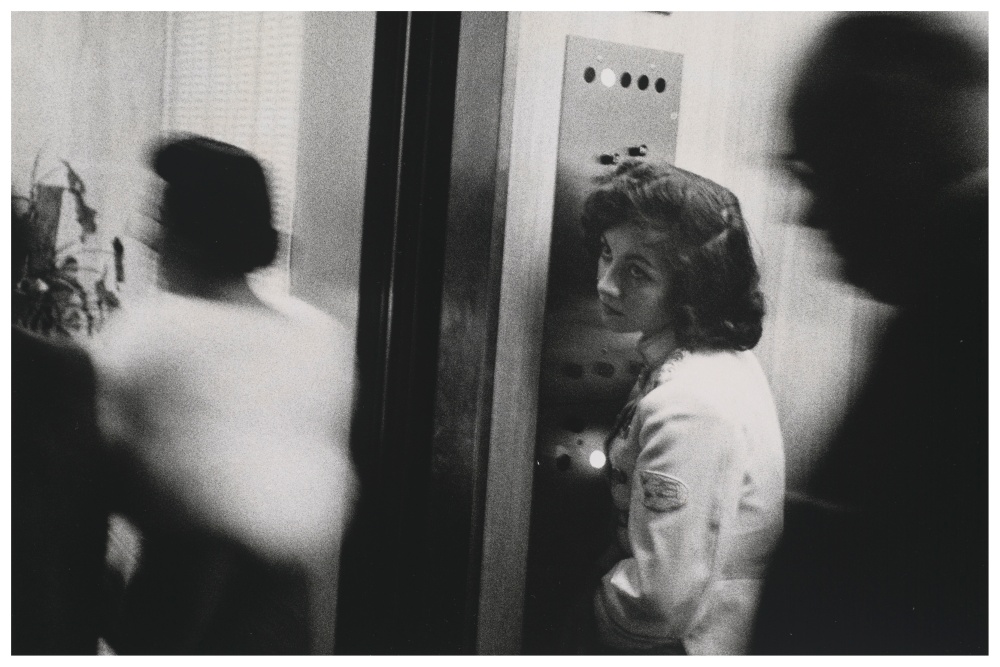
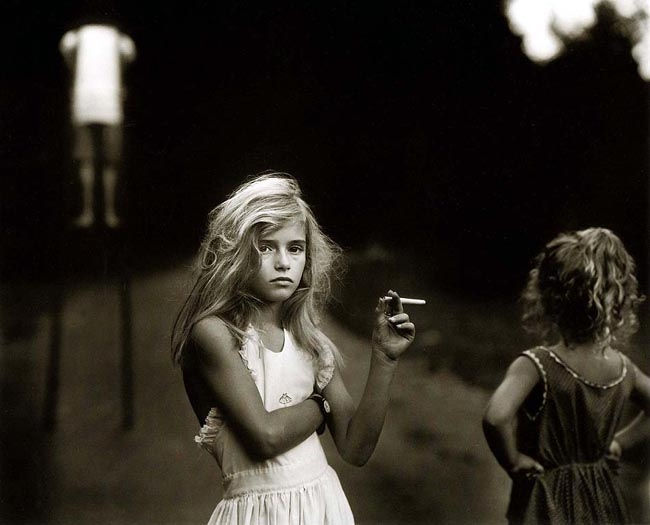
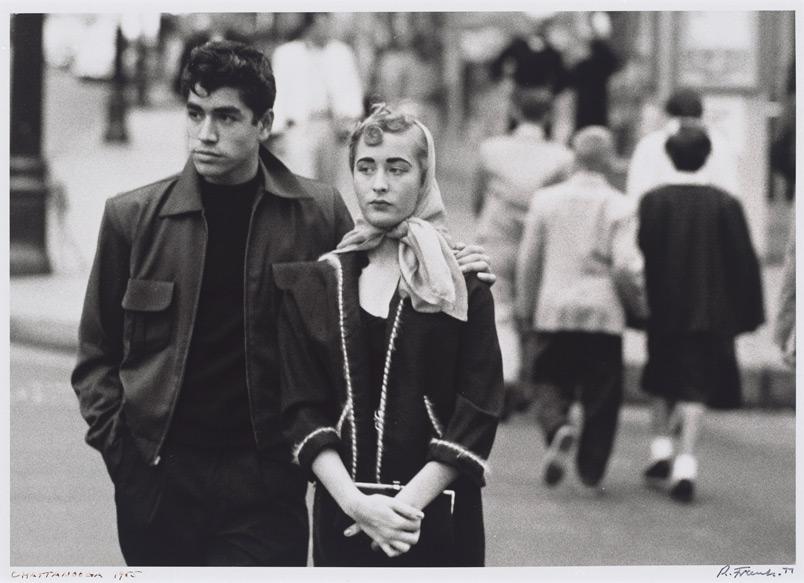
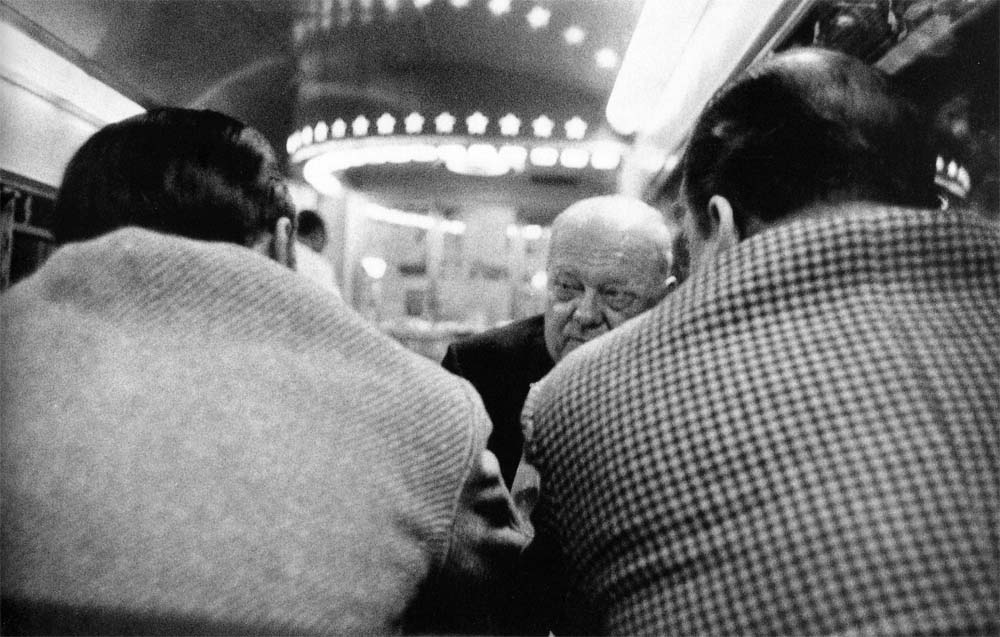
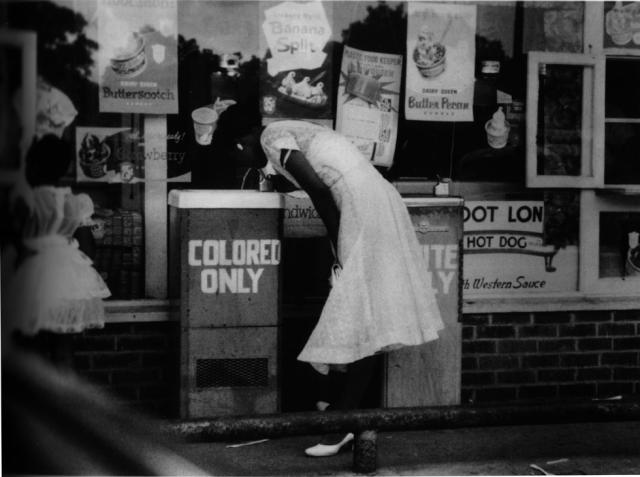
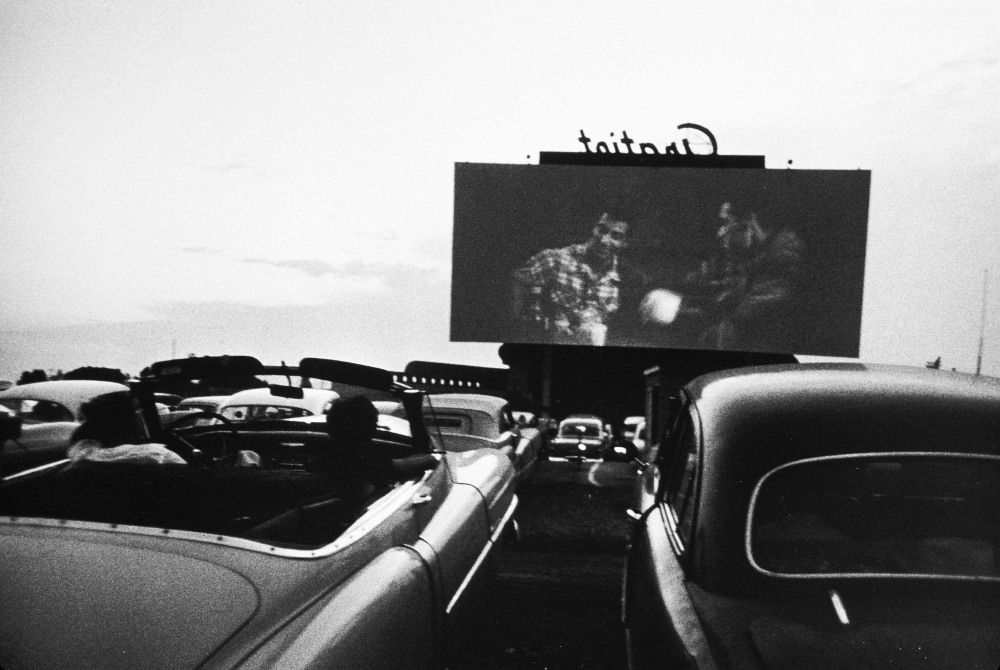
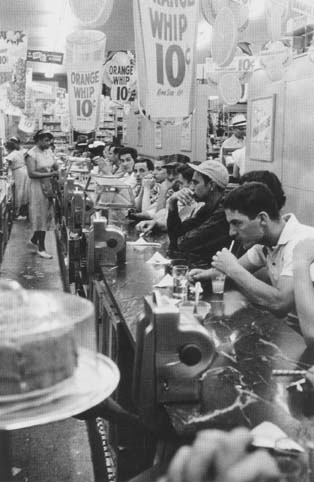
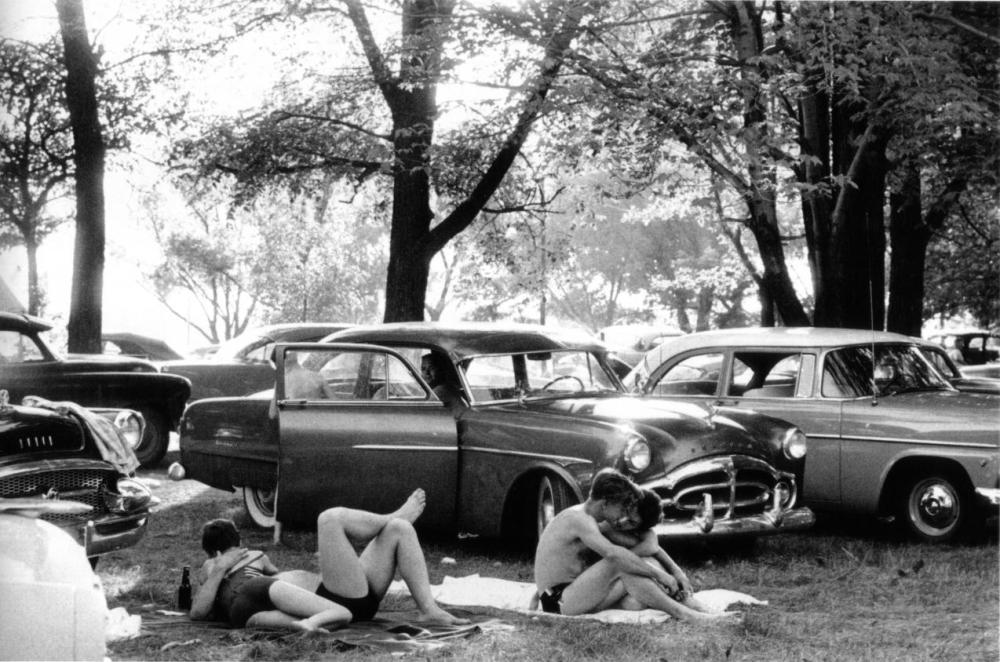
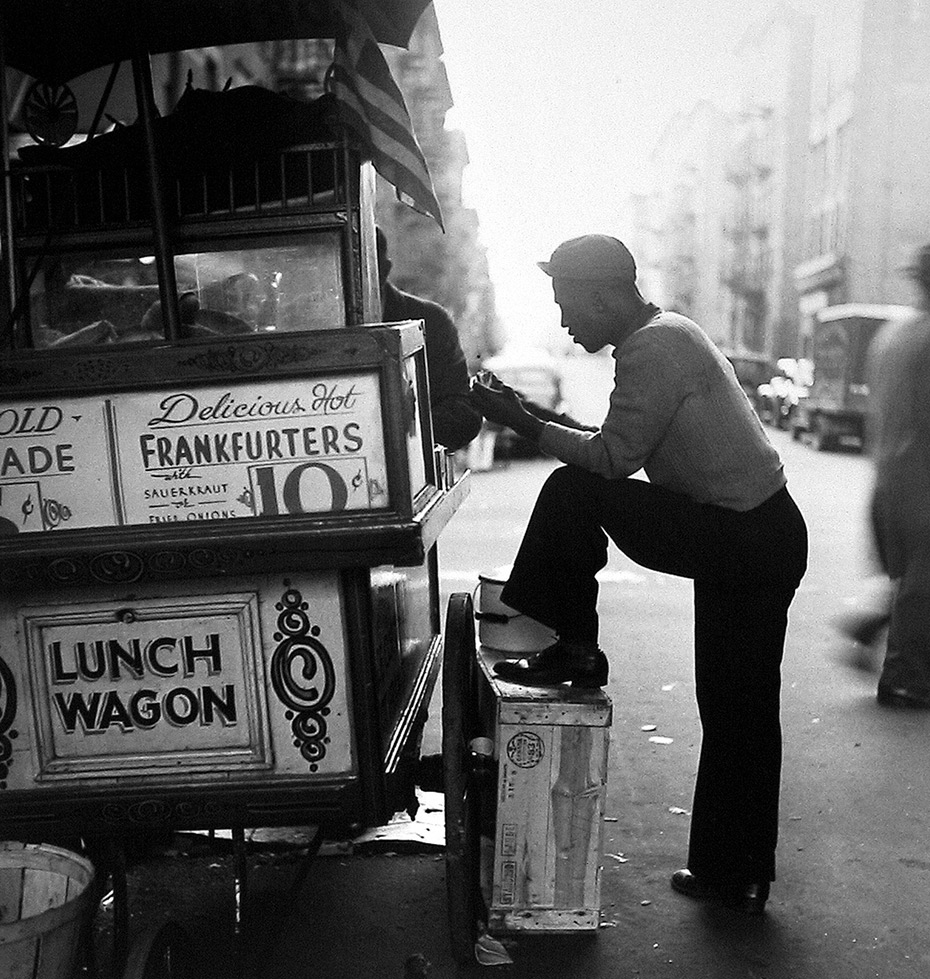
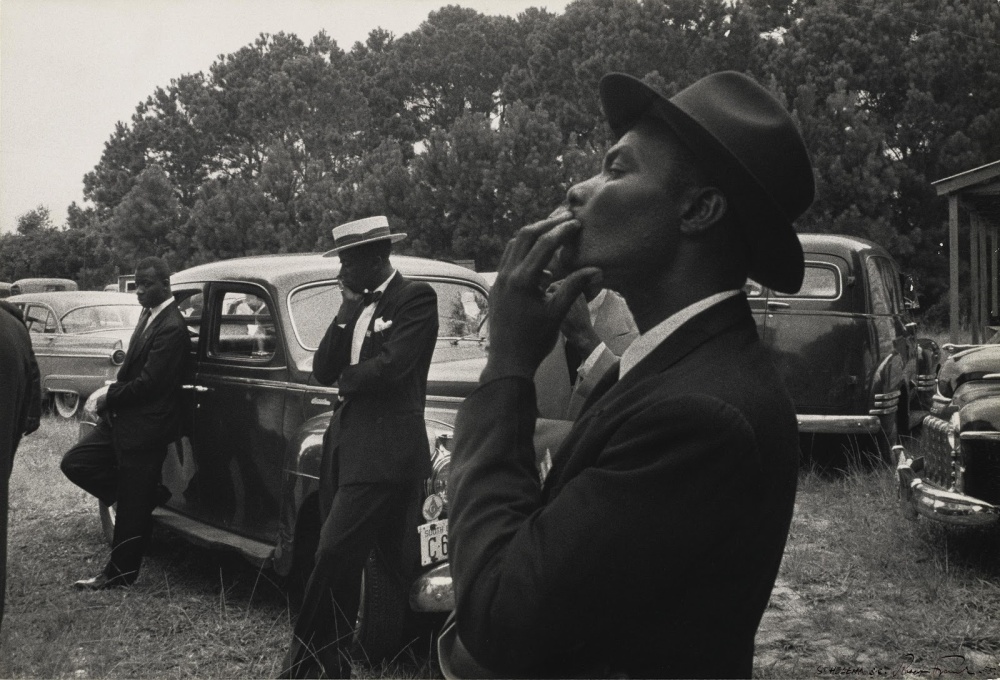
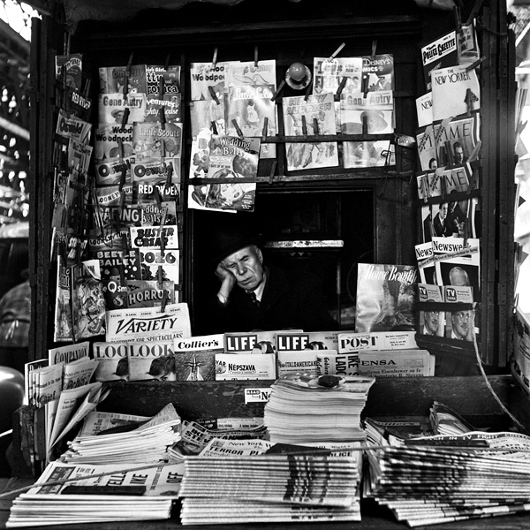
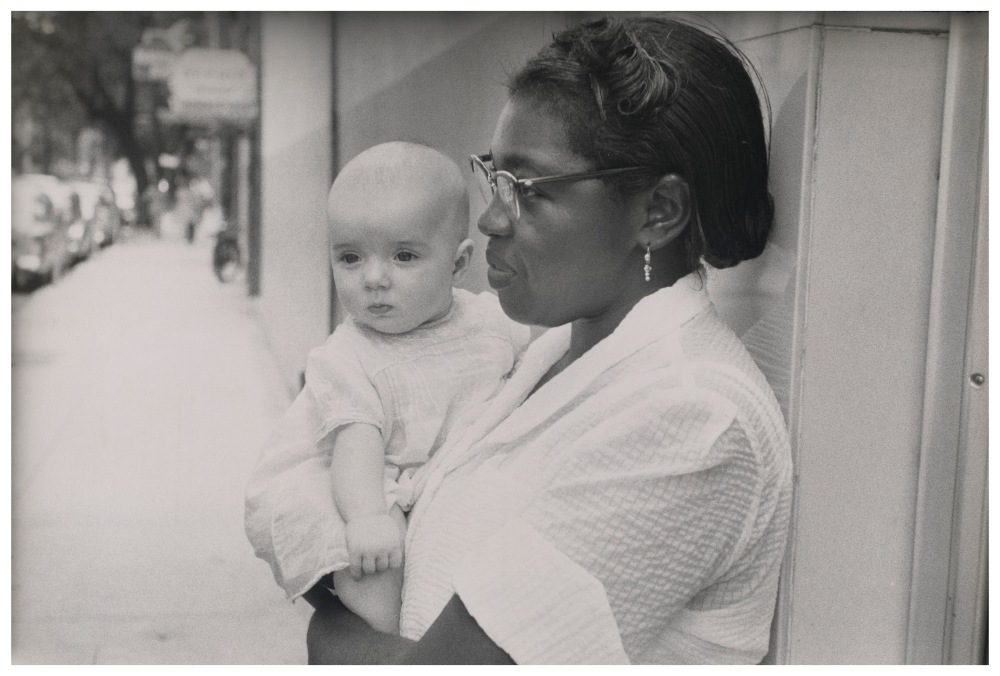
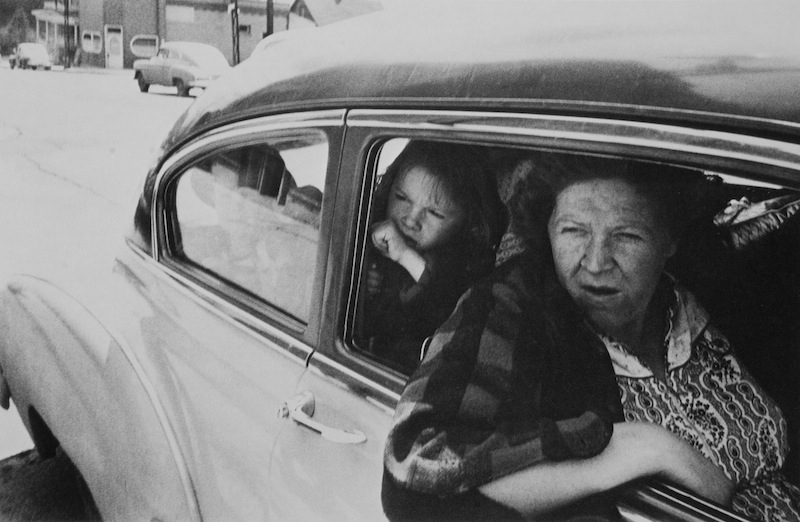
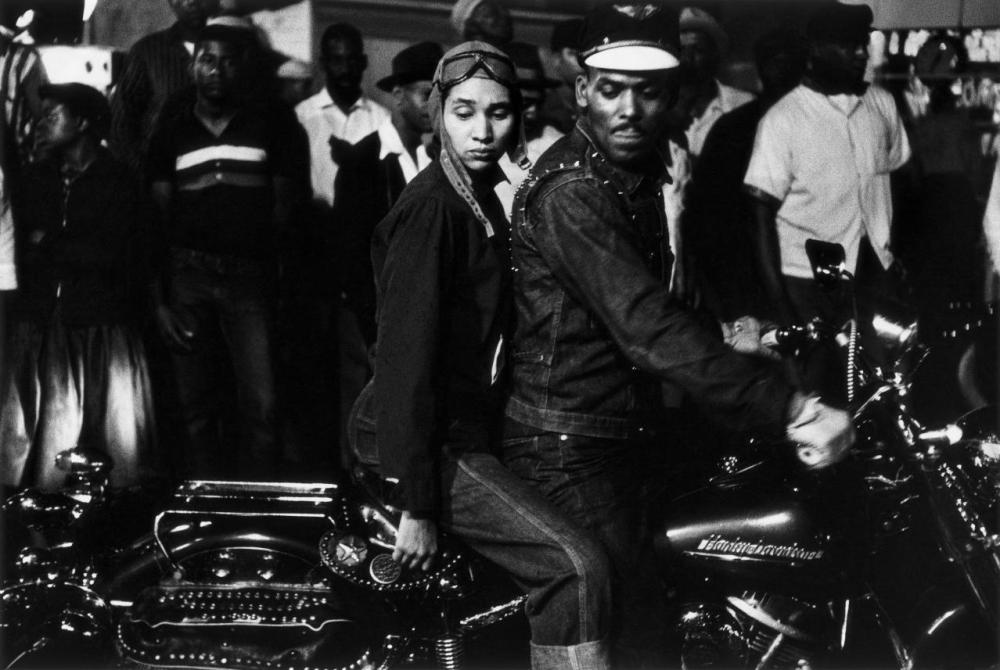
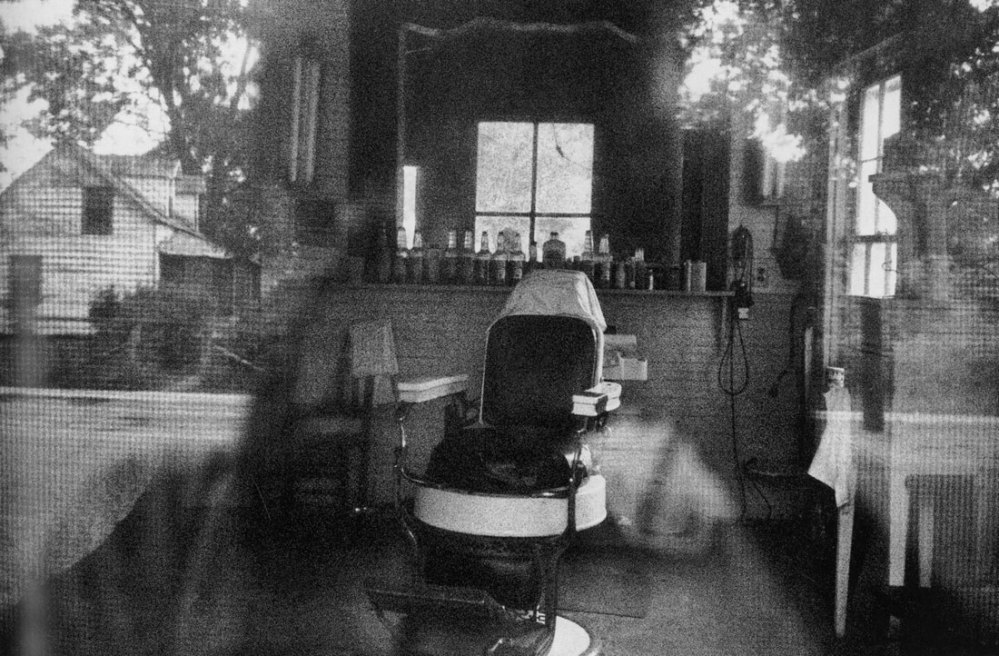
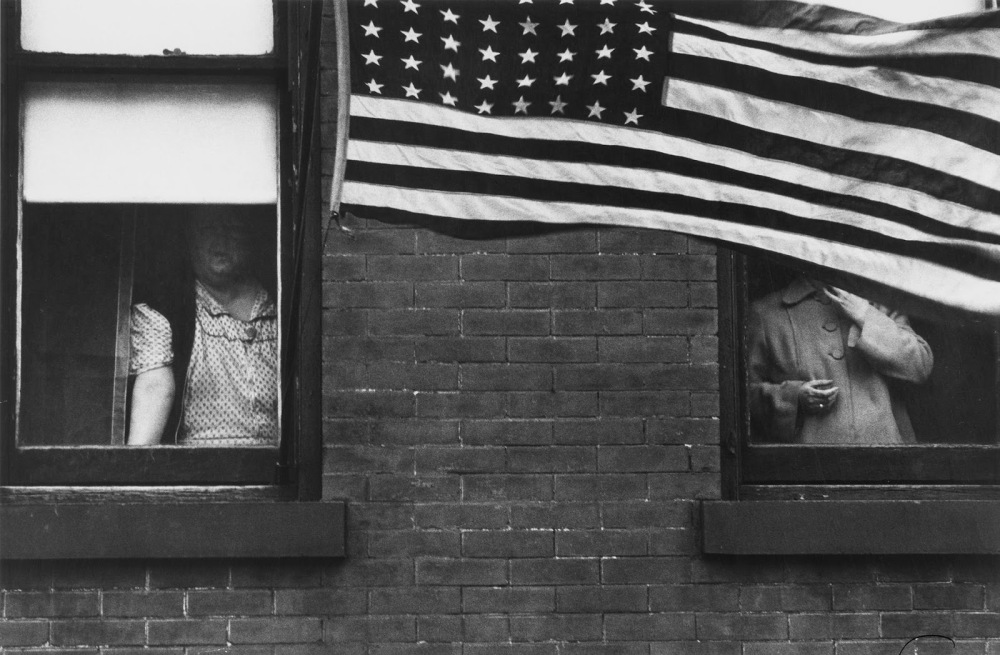

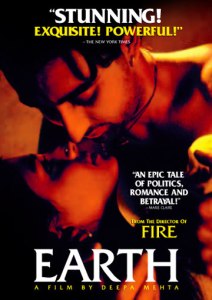 It is one of Deepa Mehta’s three films which made into the Elements Trilogy. Her adaptation of the story by Sidhwa is to showcase the darker side of the modern civilization. Although, set in a small town in Lahore, the events of the film were similar in nature to other parts of India where violence engulfed the humanity.
It is one of Deepa Mehta’s three films which made into the Elements Trilogy. Her adaptation of the story by Sidhwa is to showcase the darker side of the modern civilization. Although, set in a small town in Lahore, the events of the film were similar in nature to other parts of India where violence engulfed the humanity.



